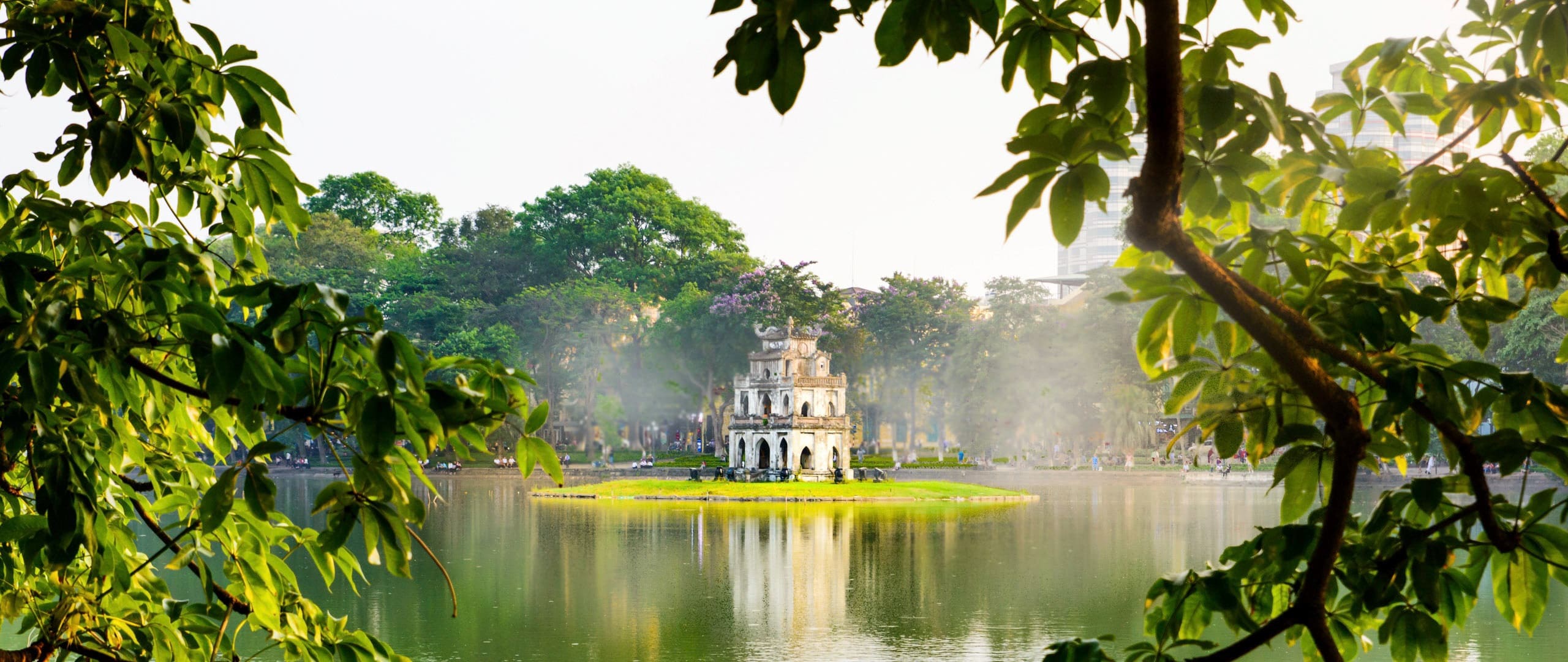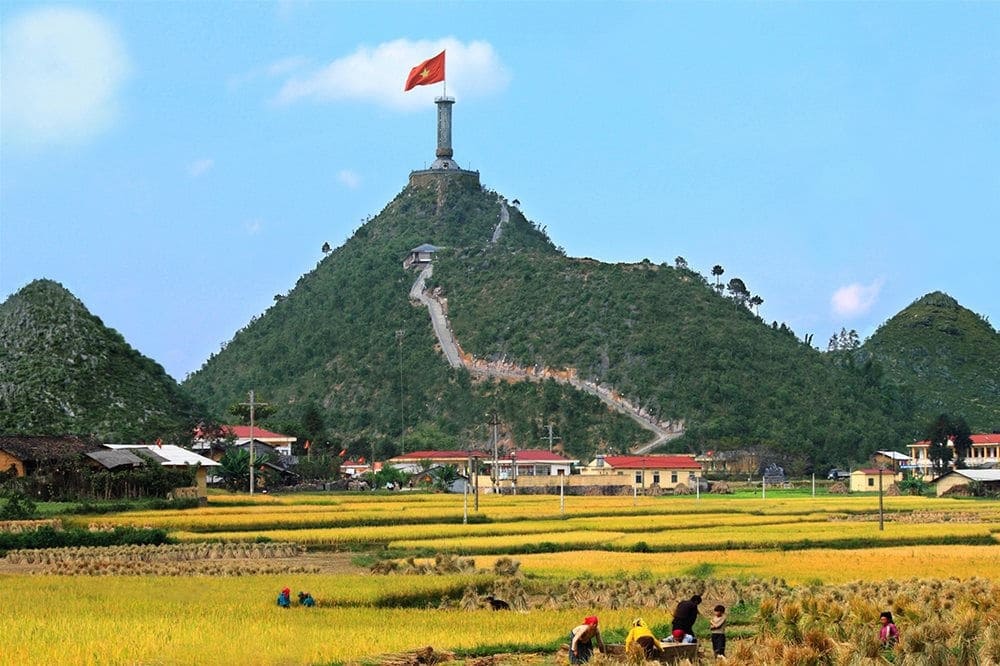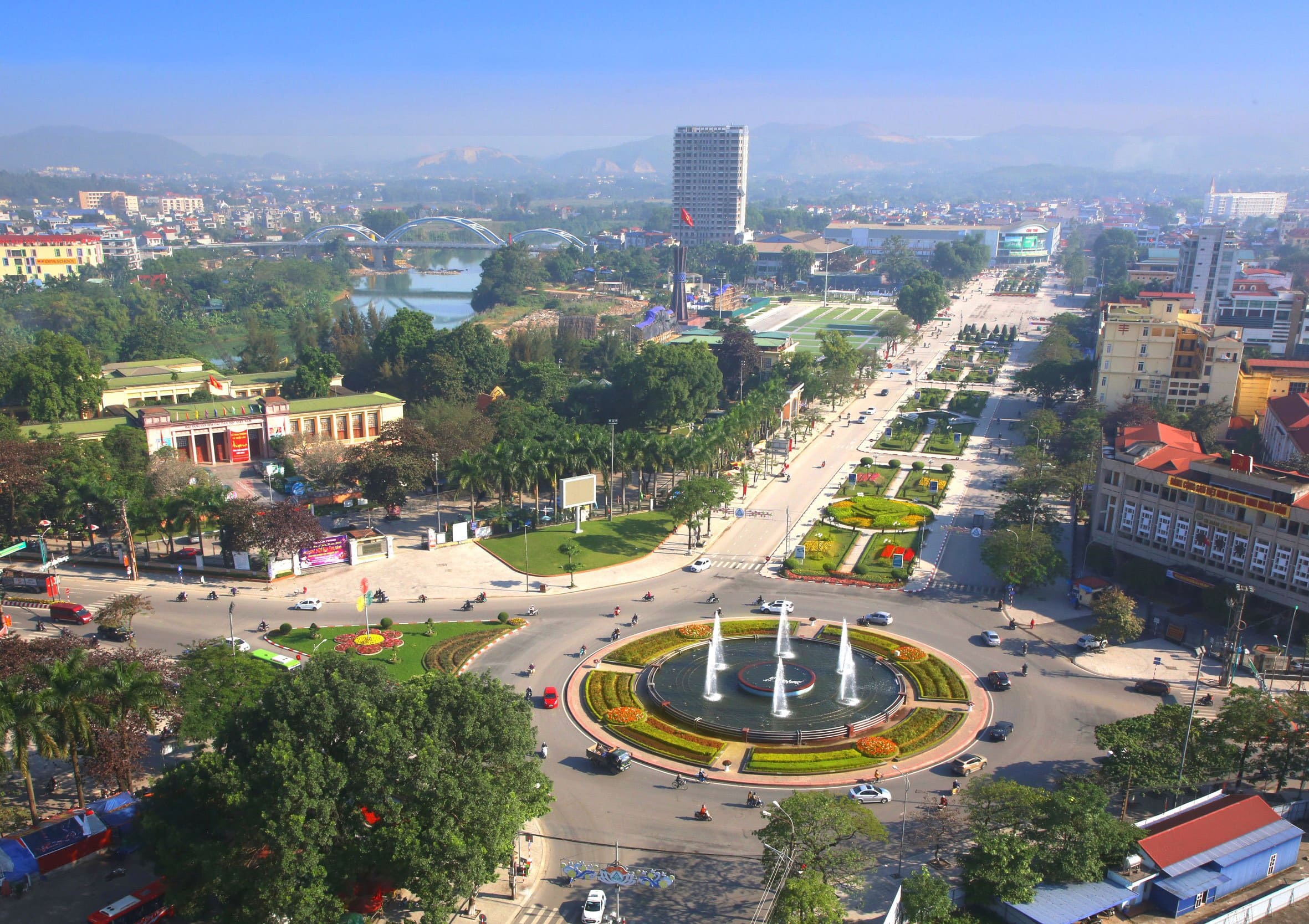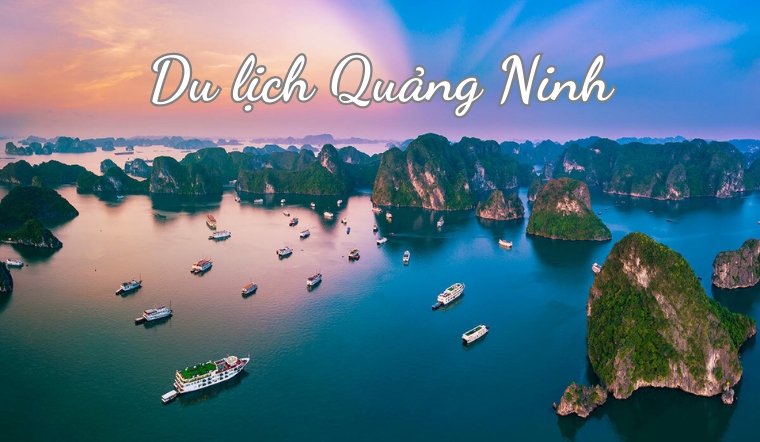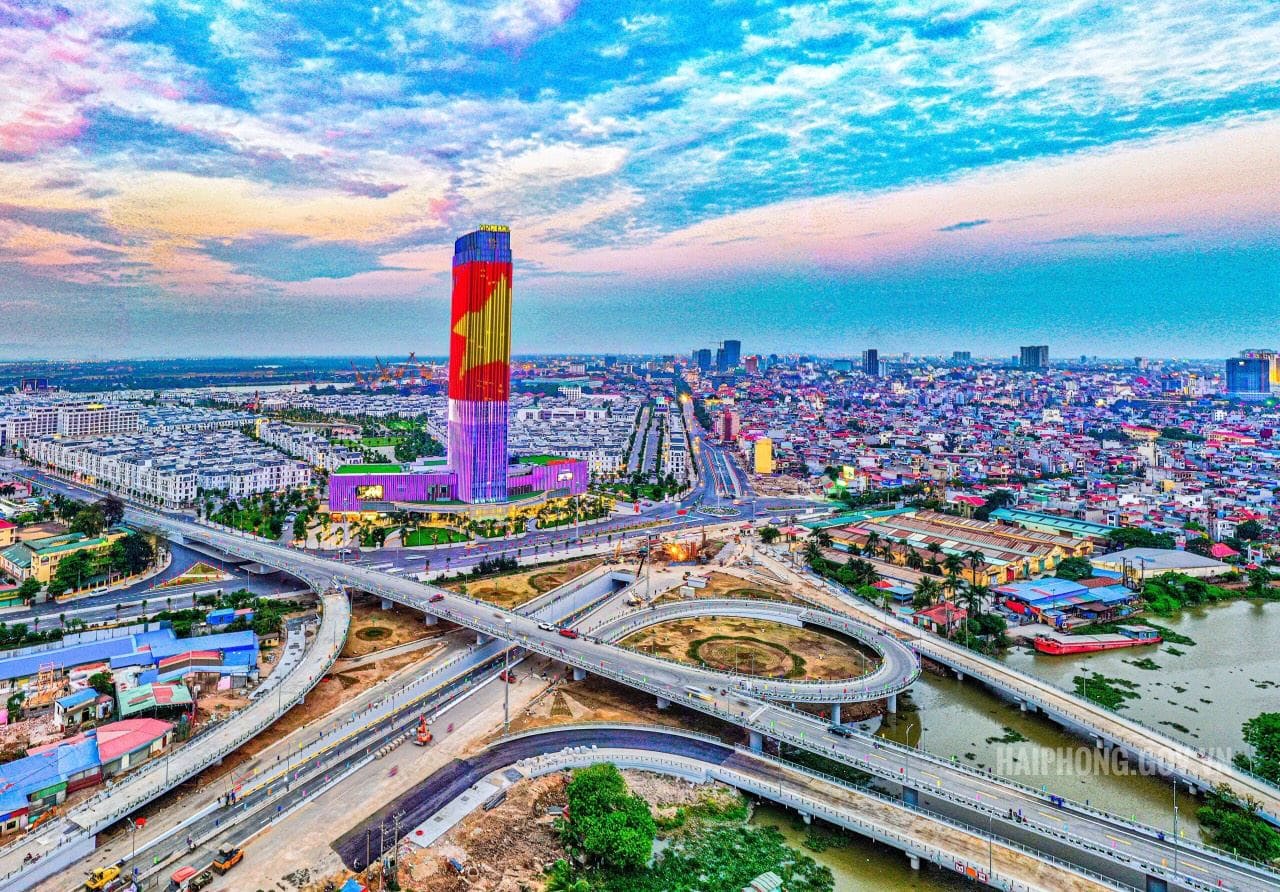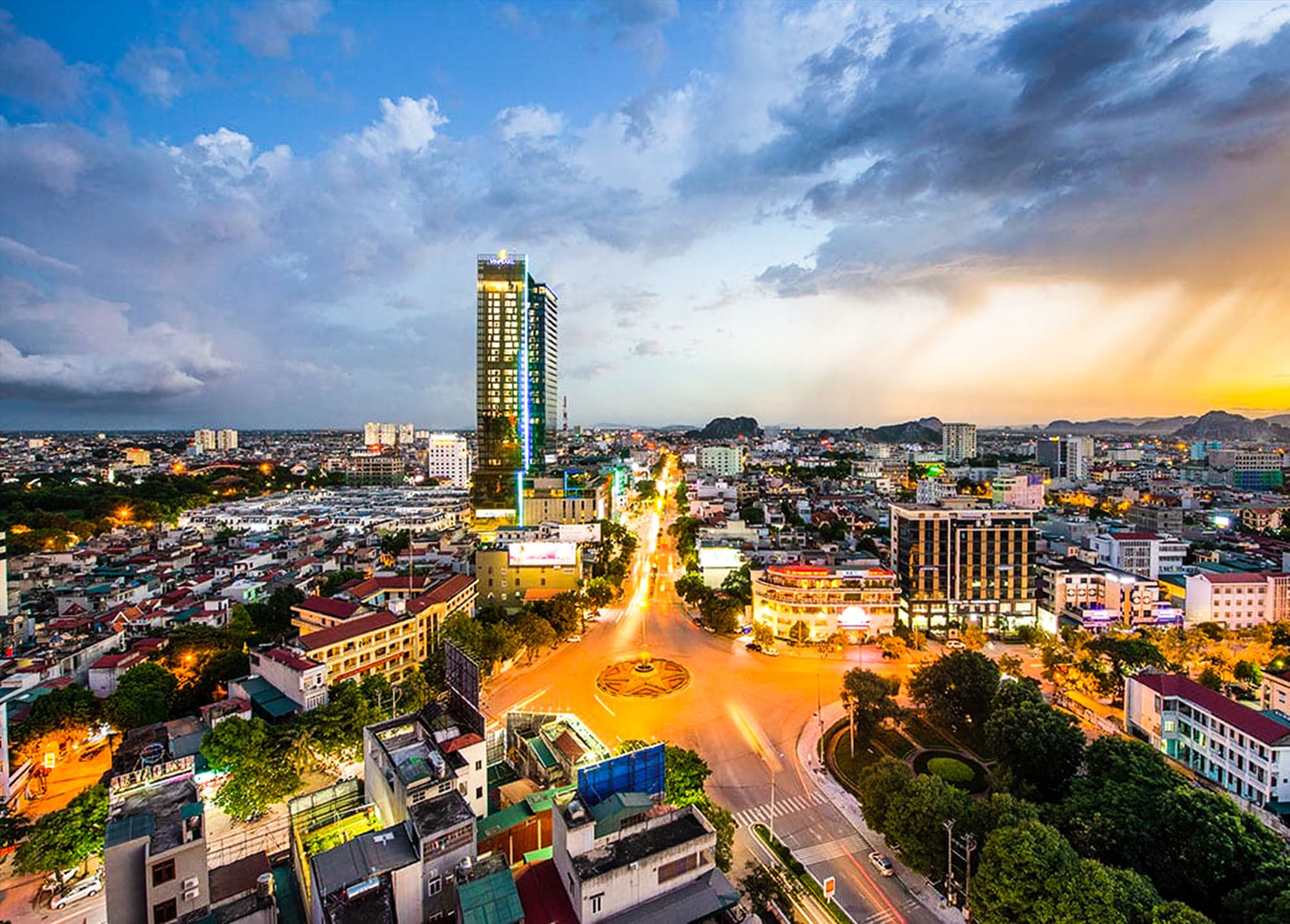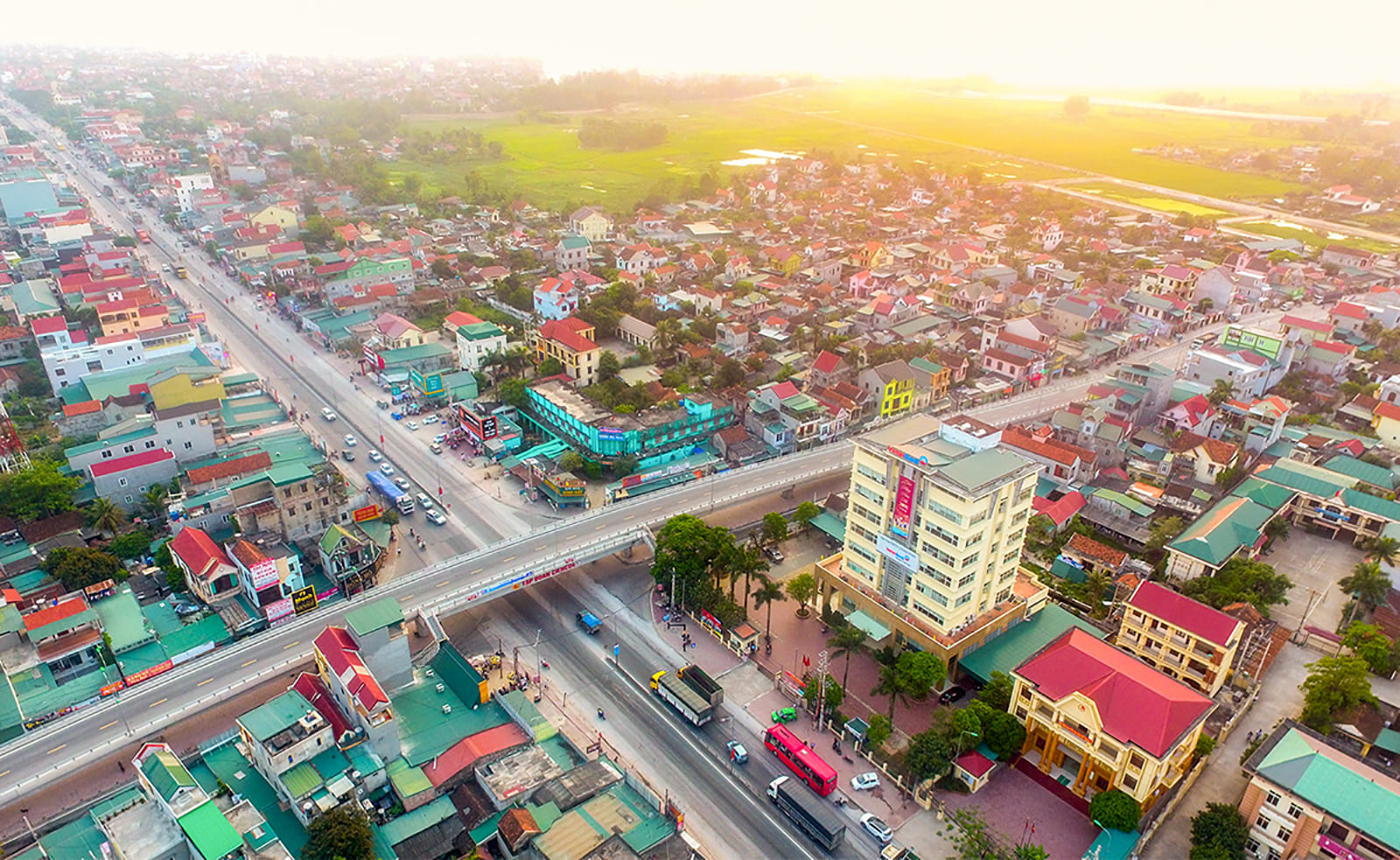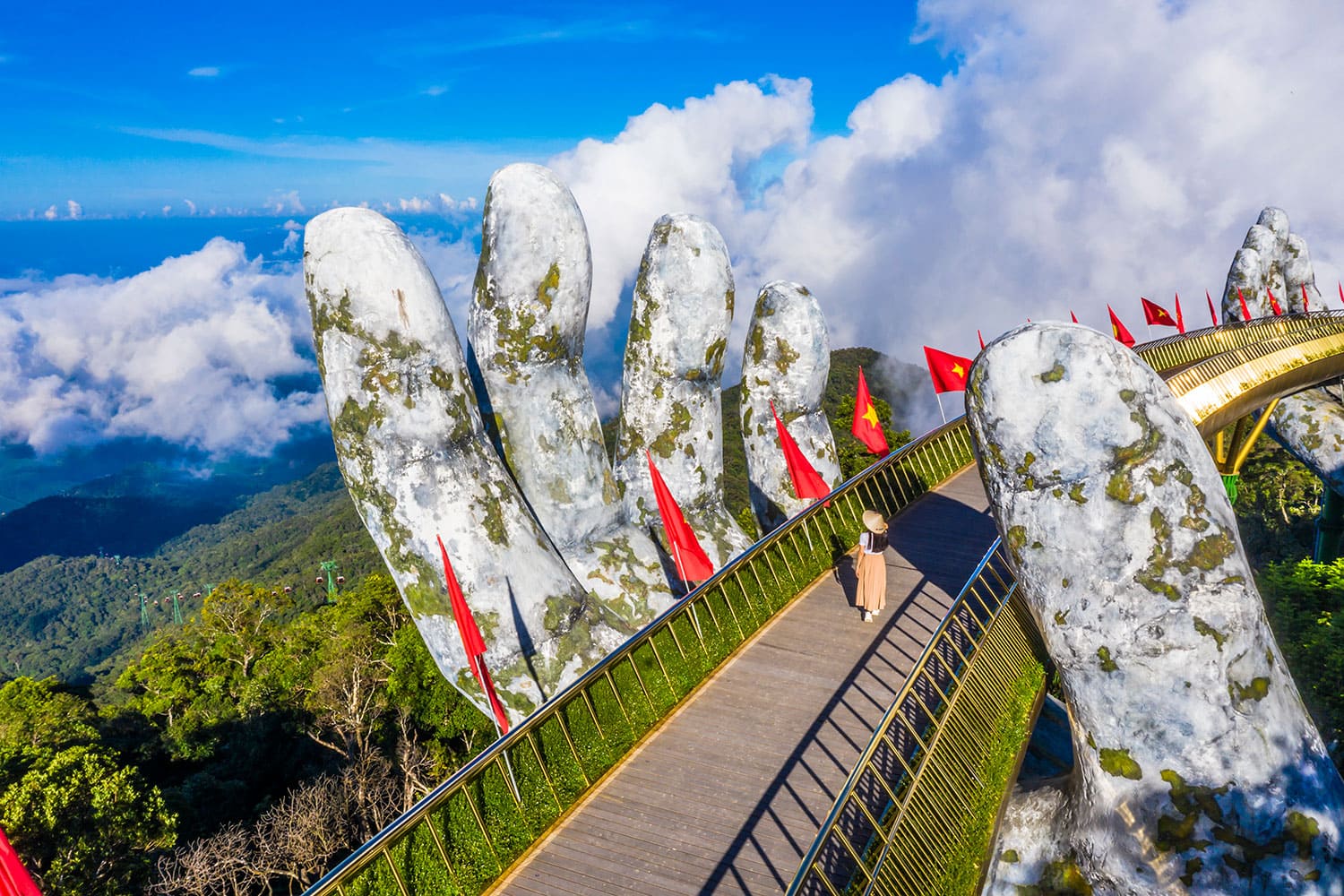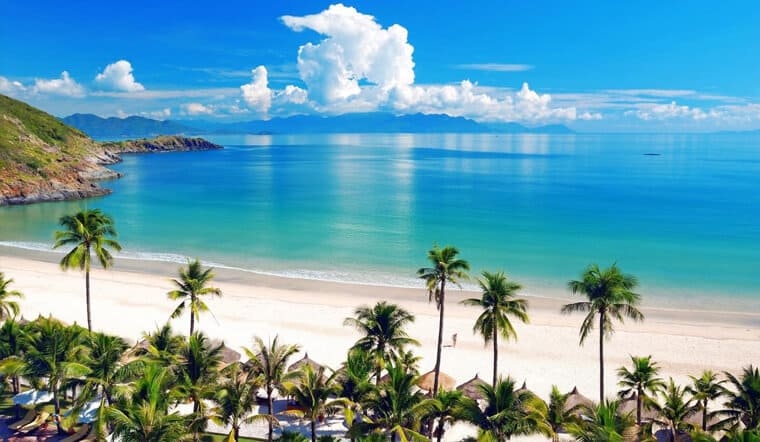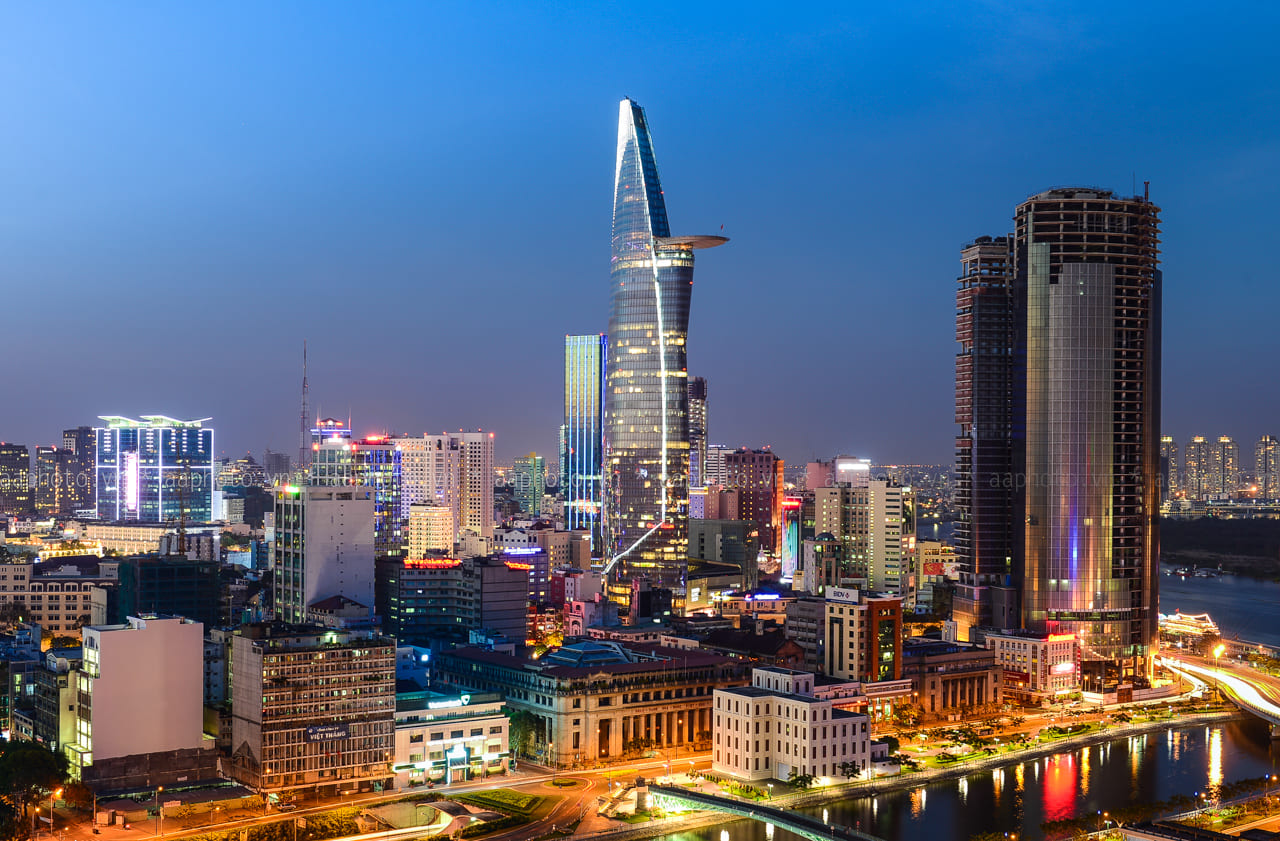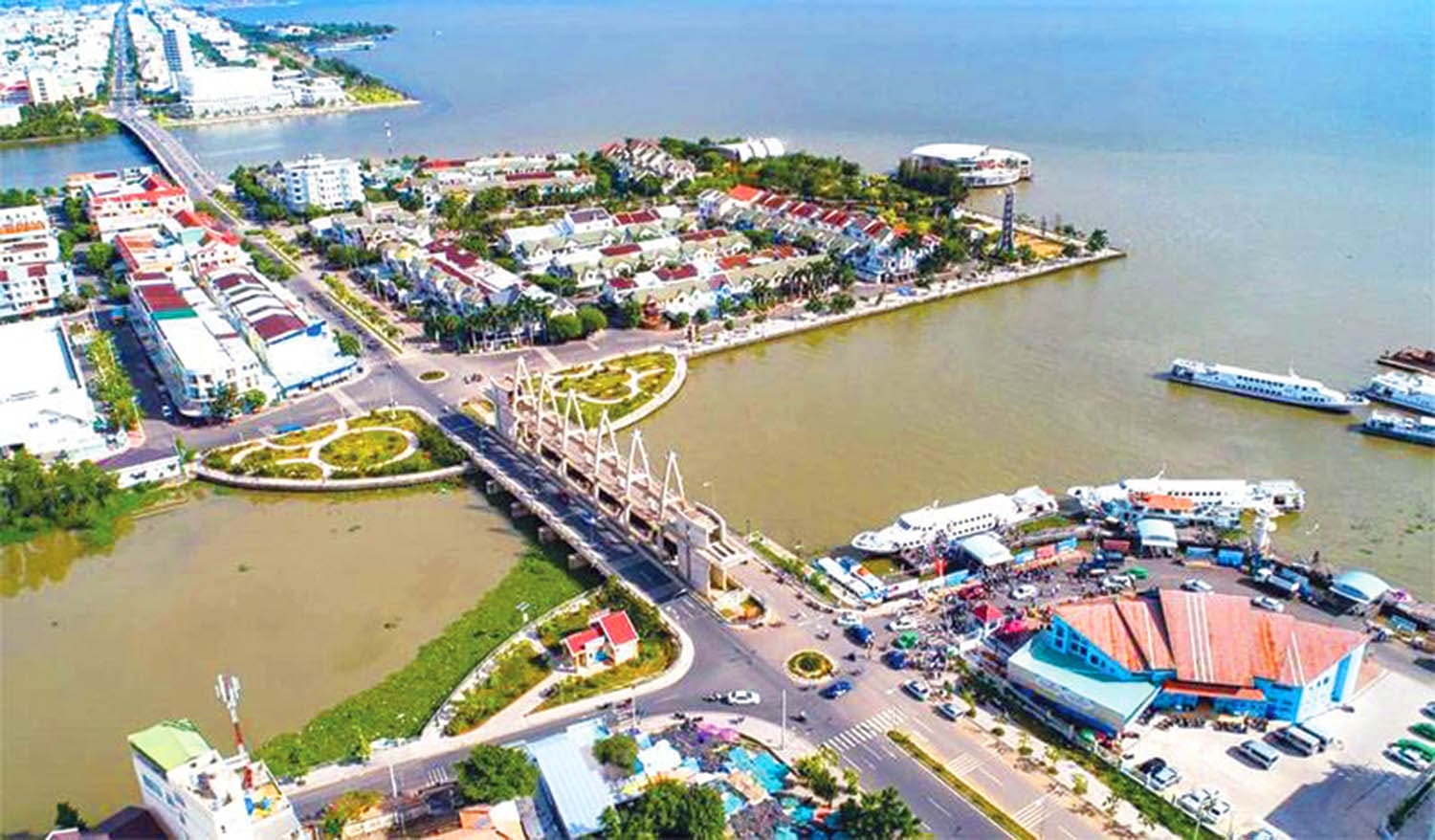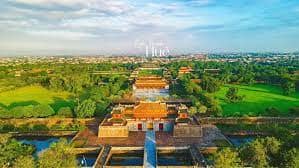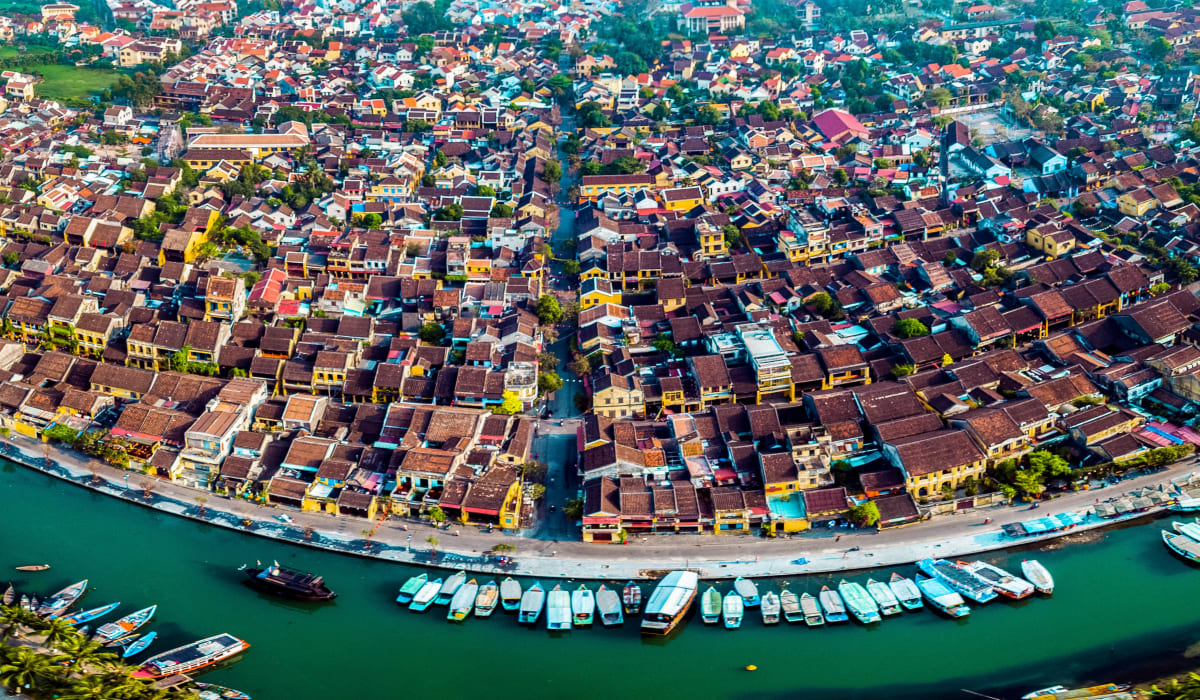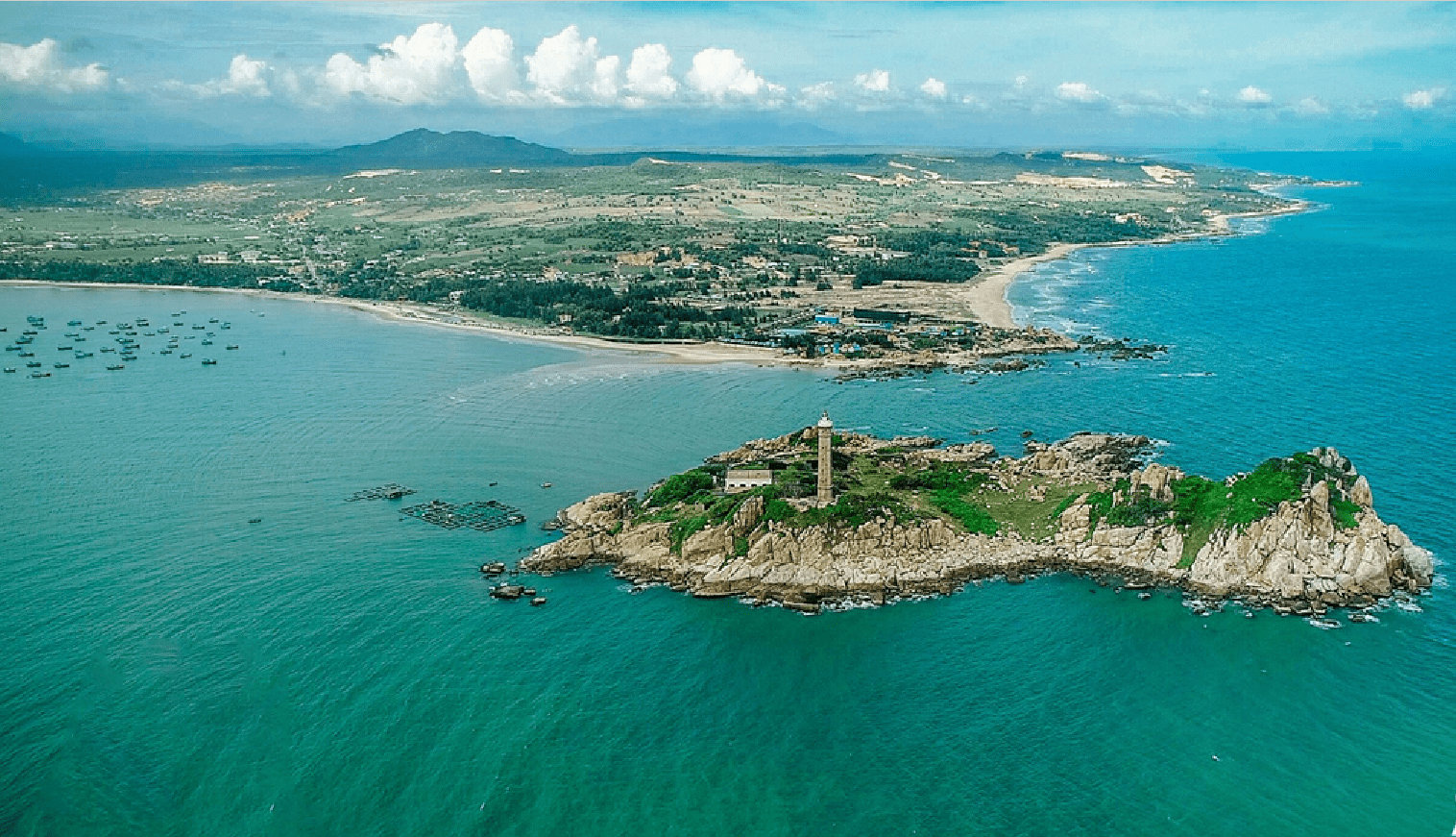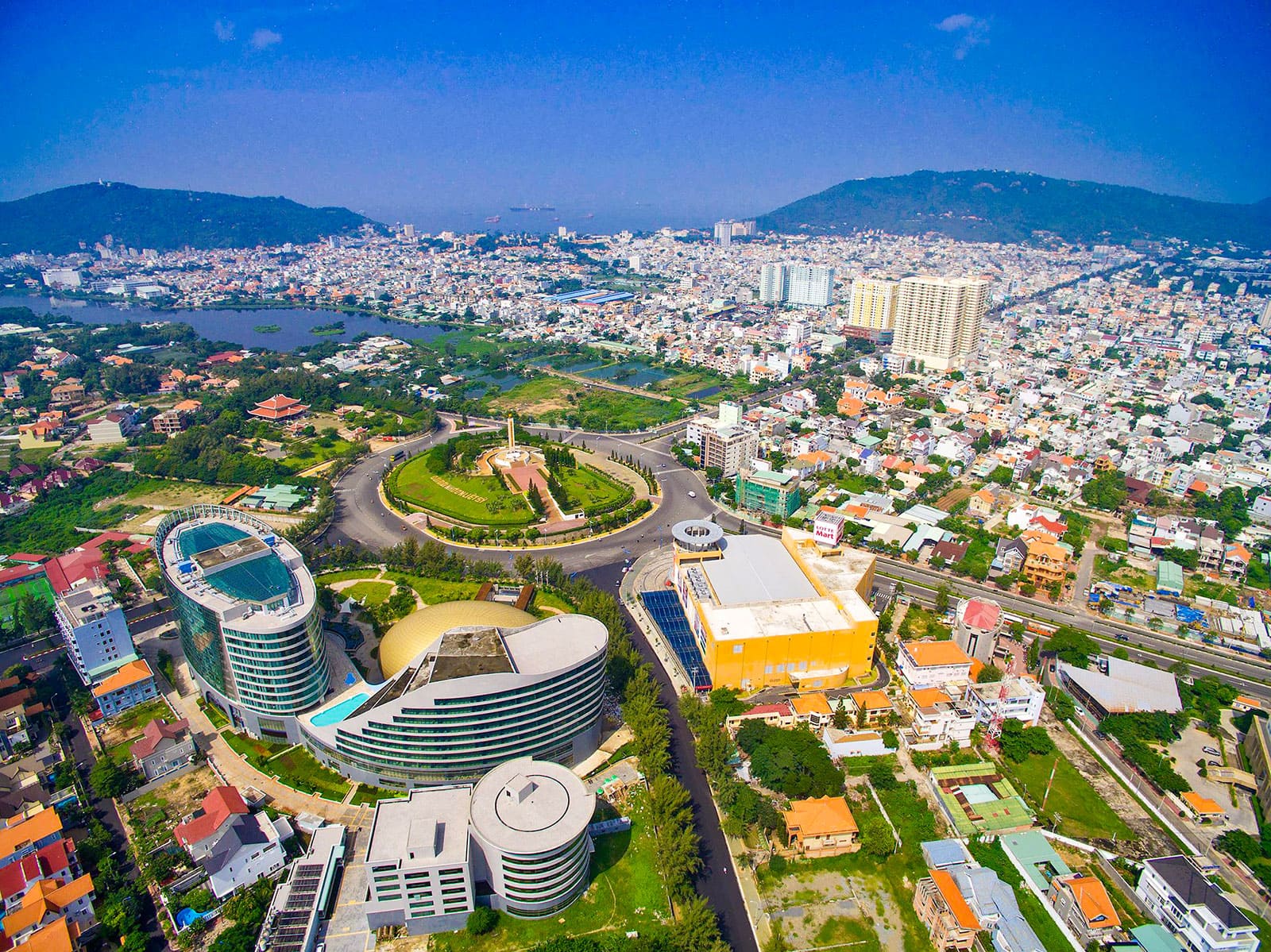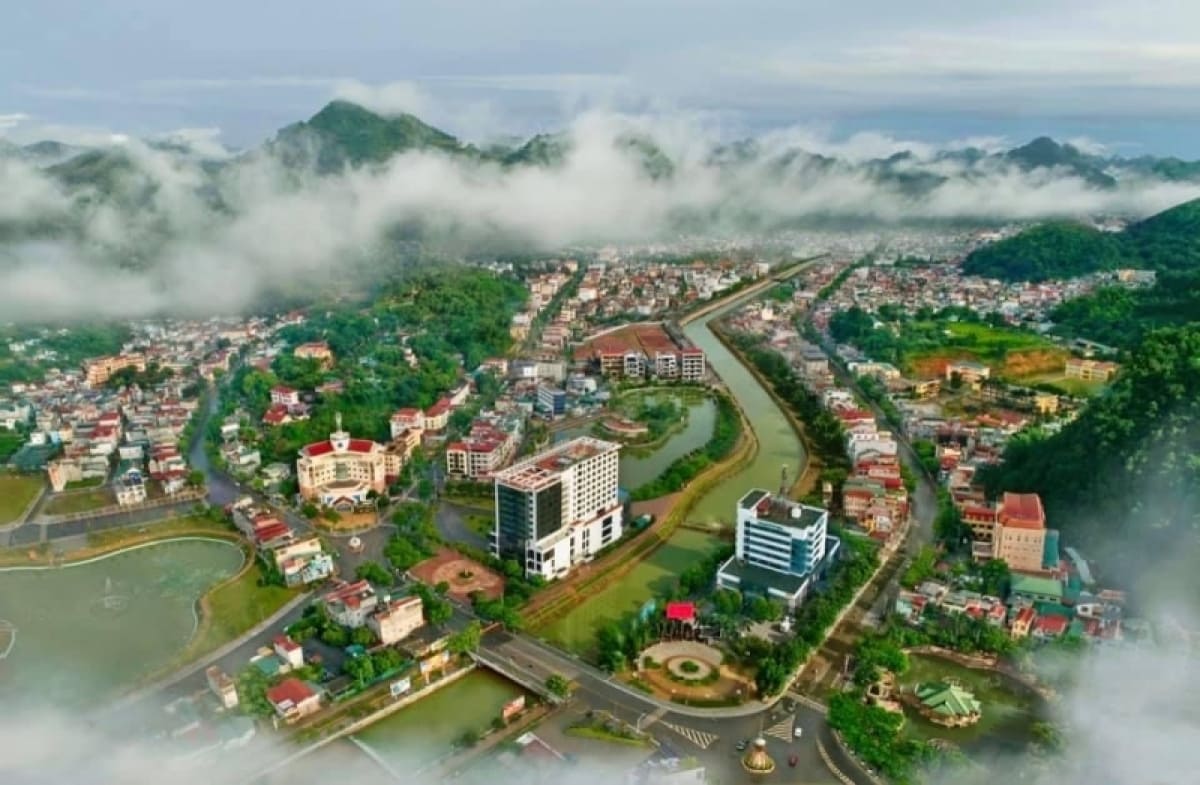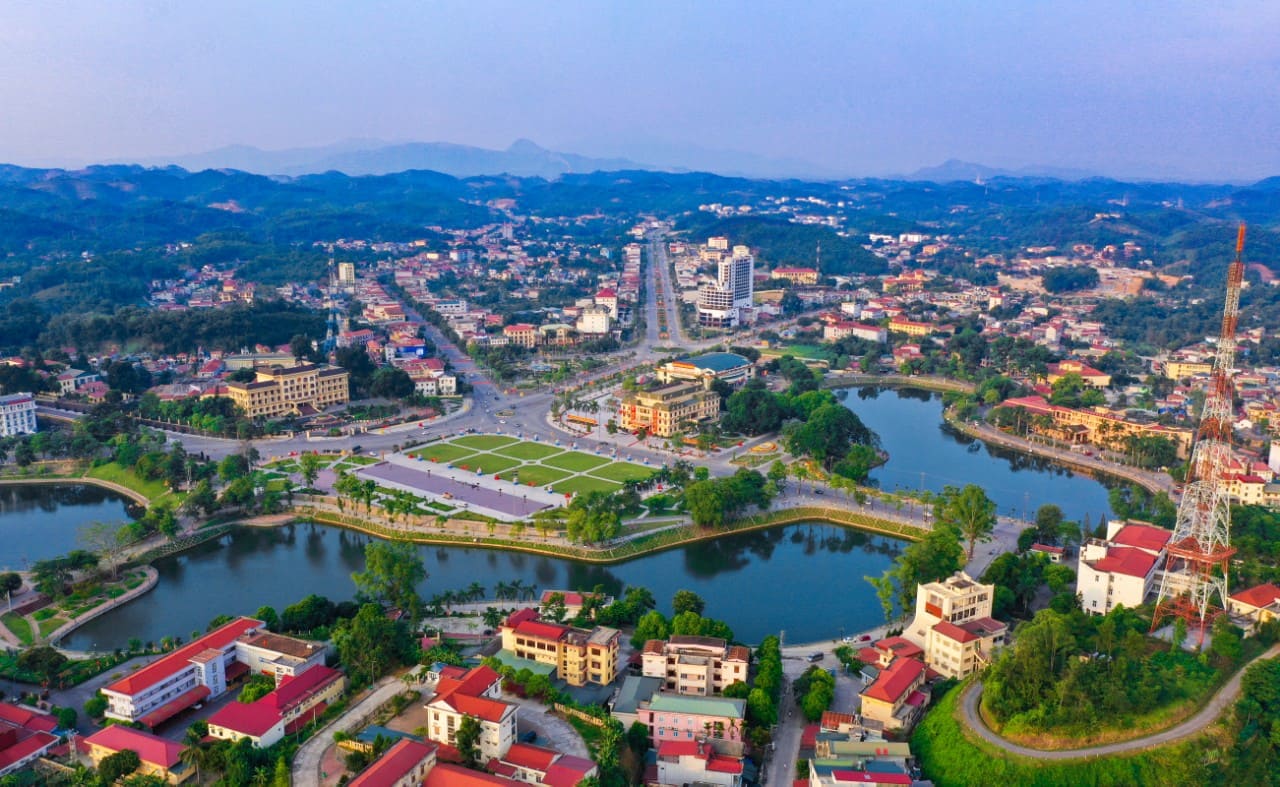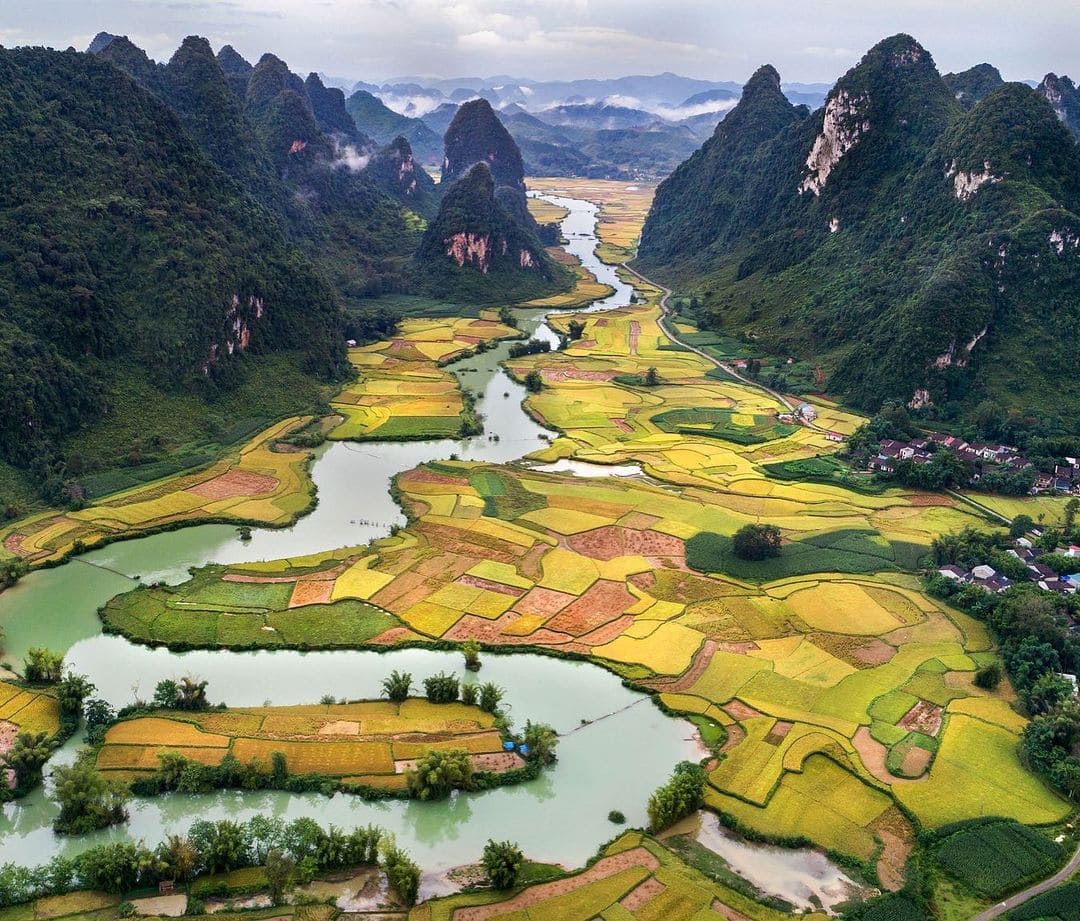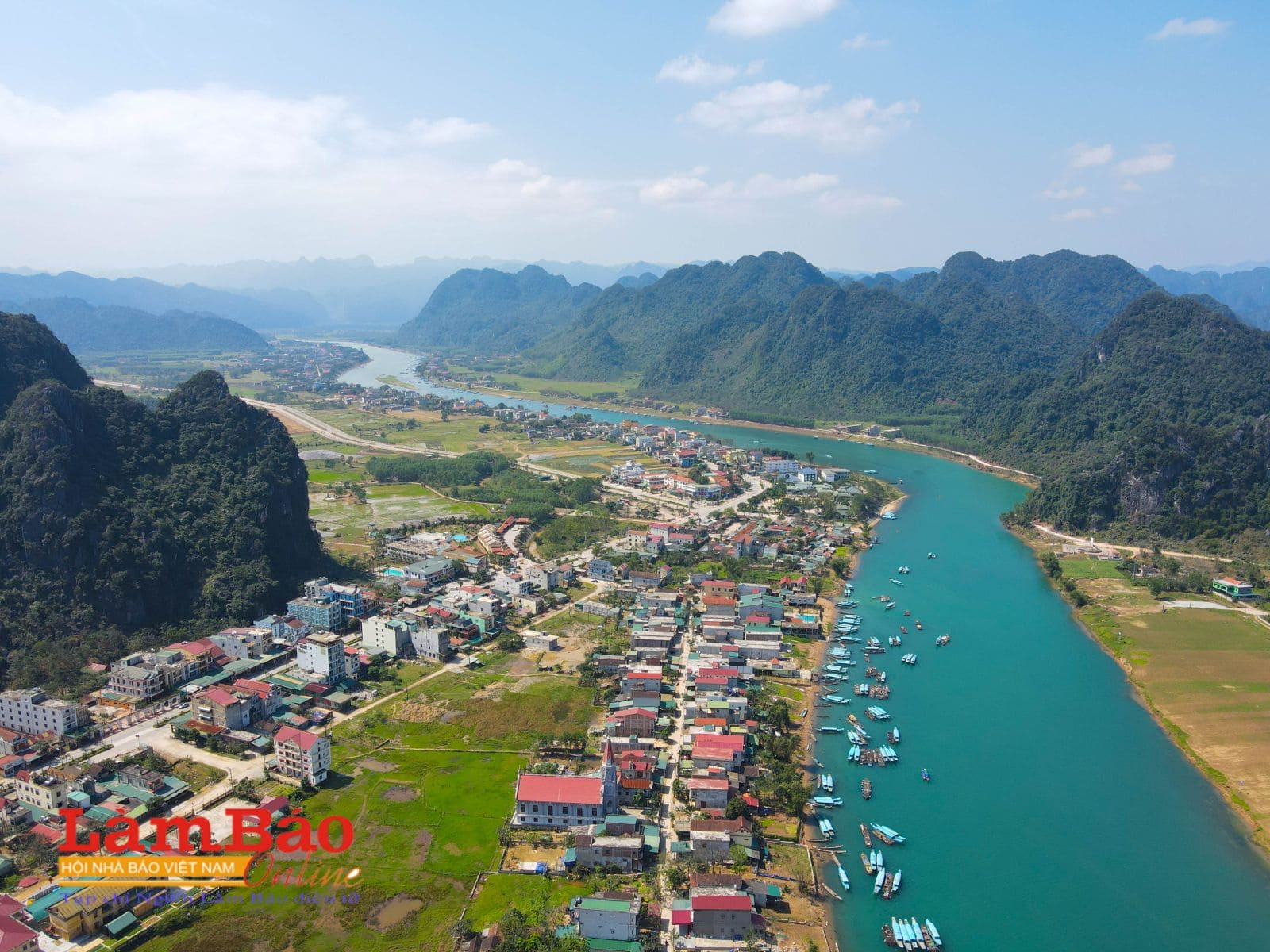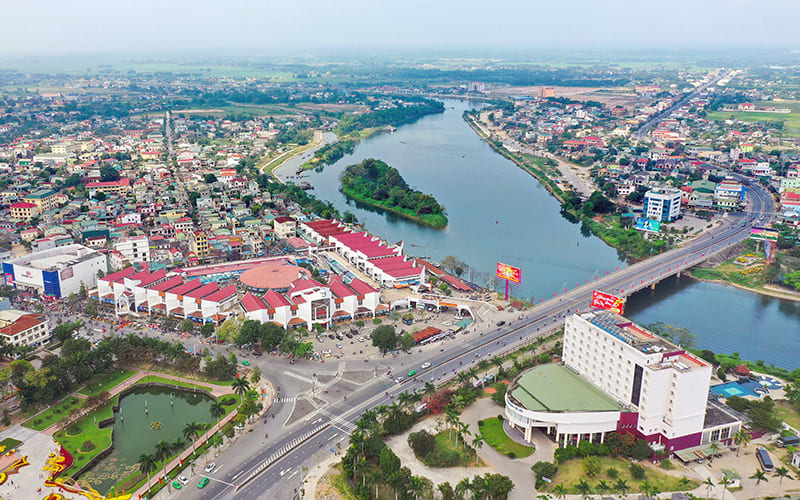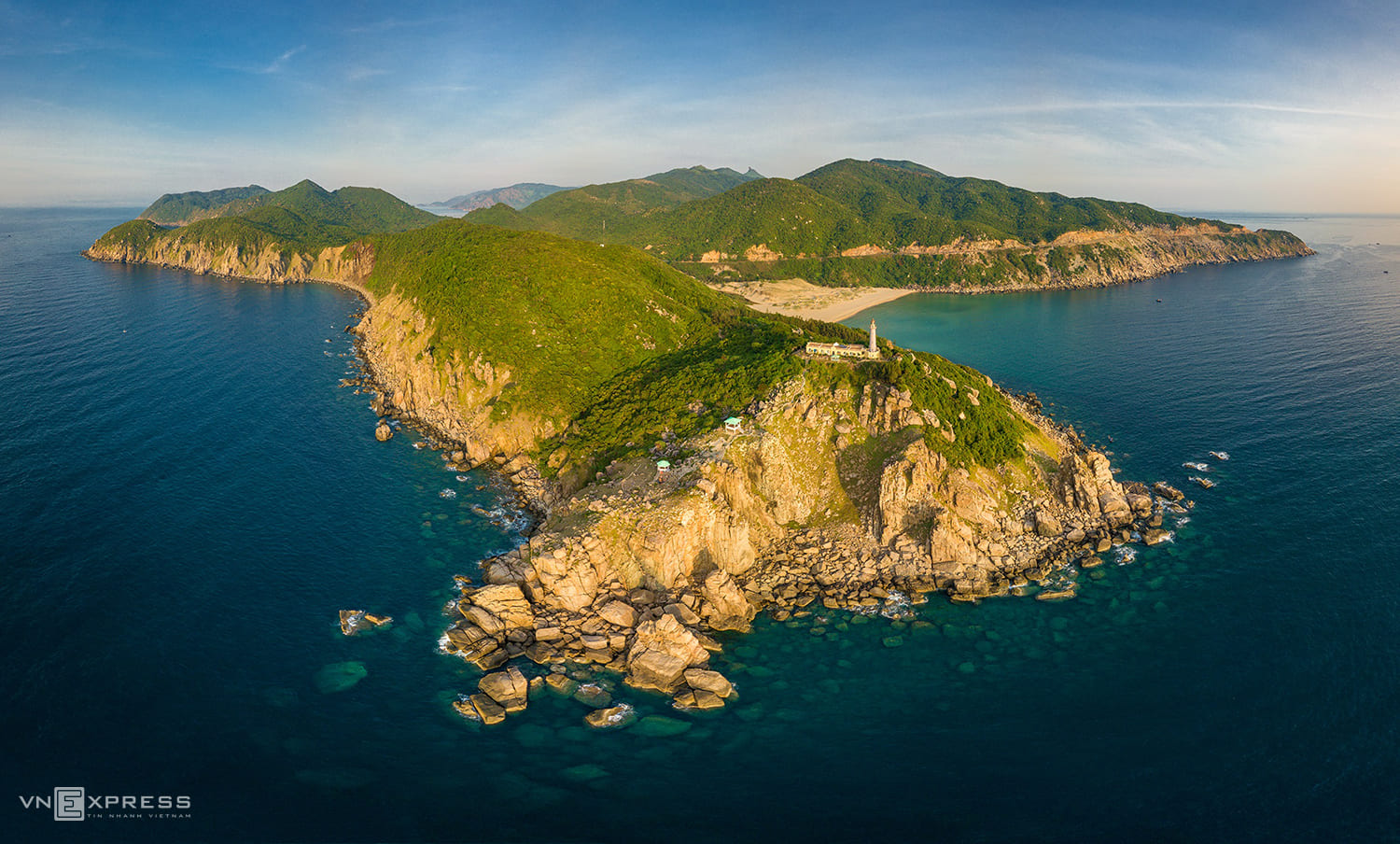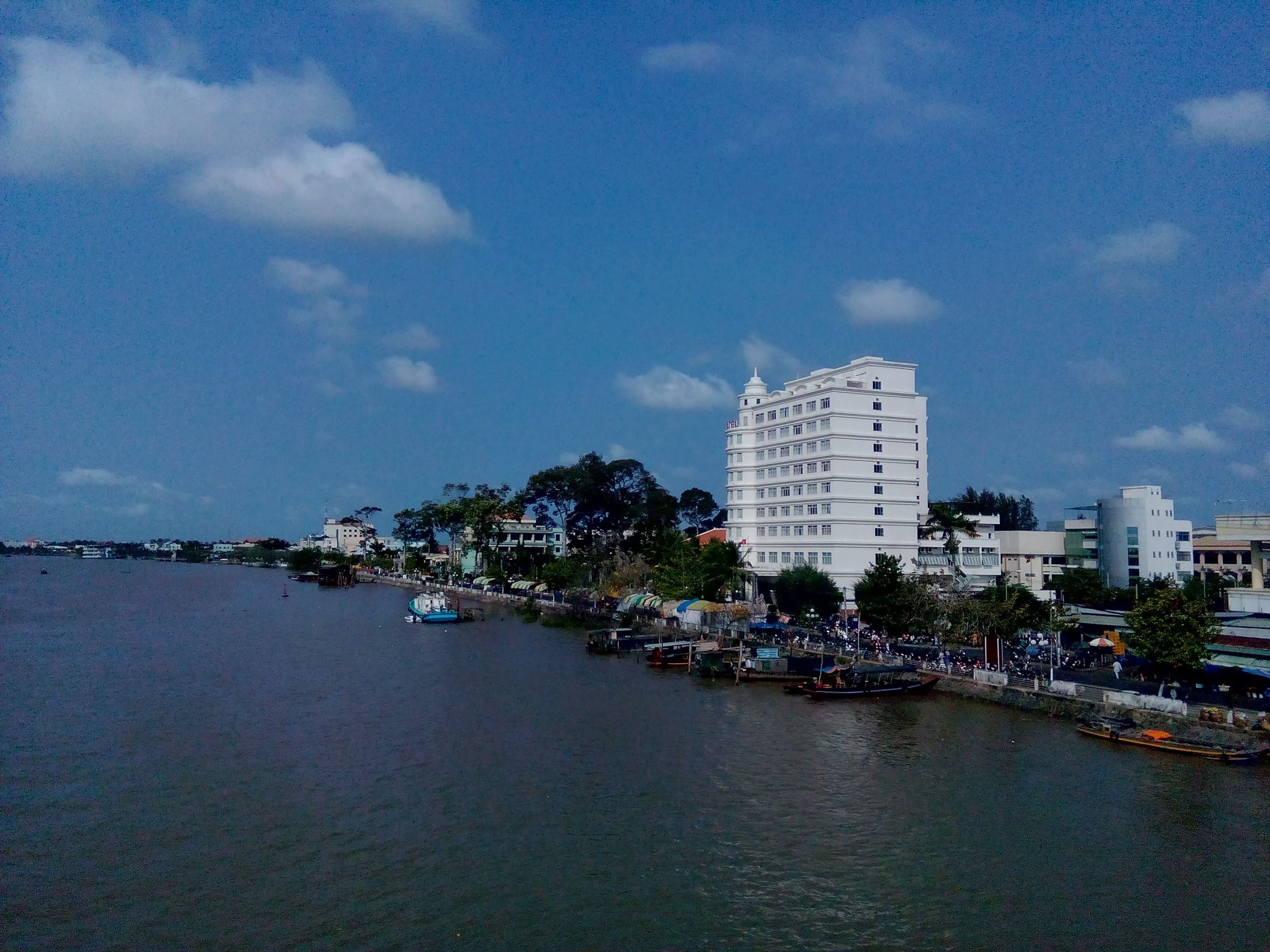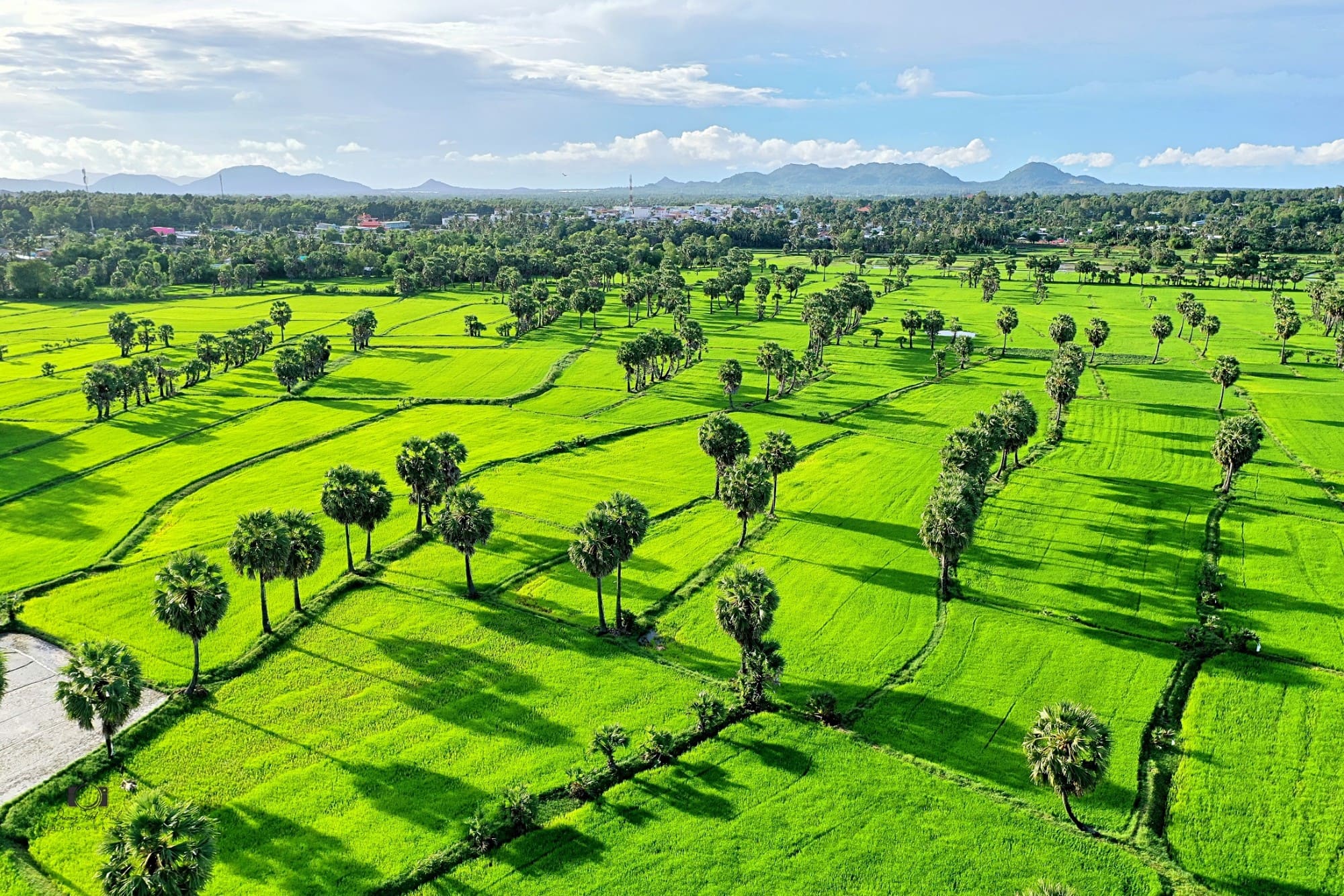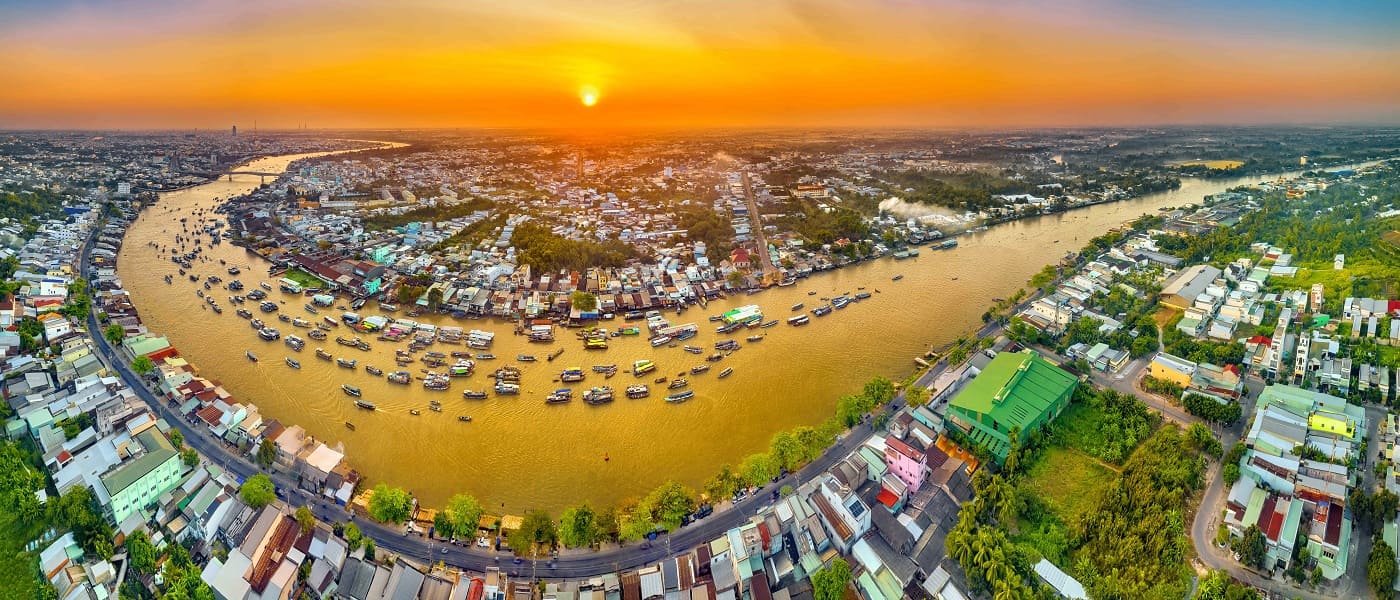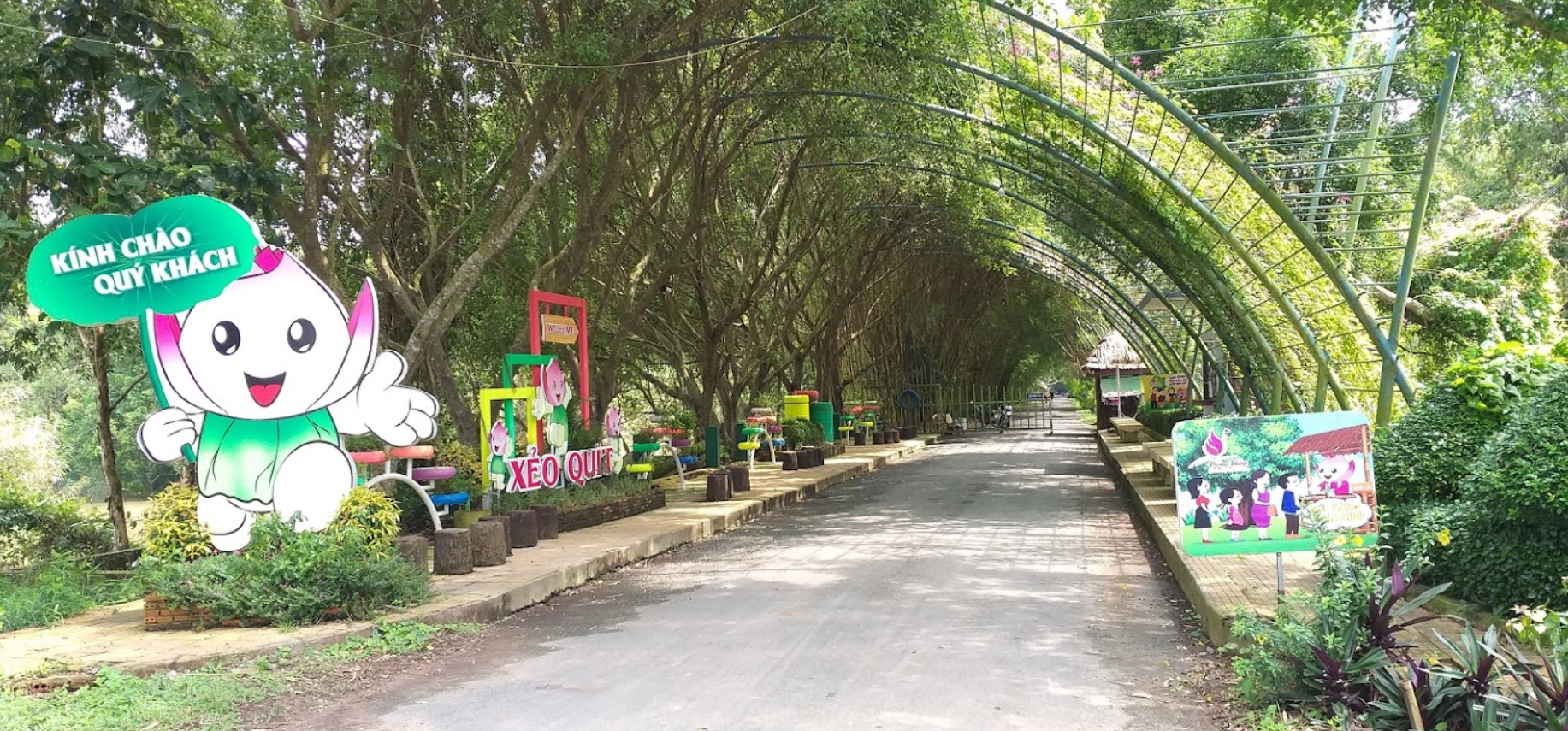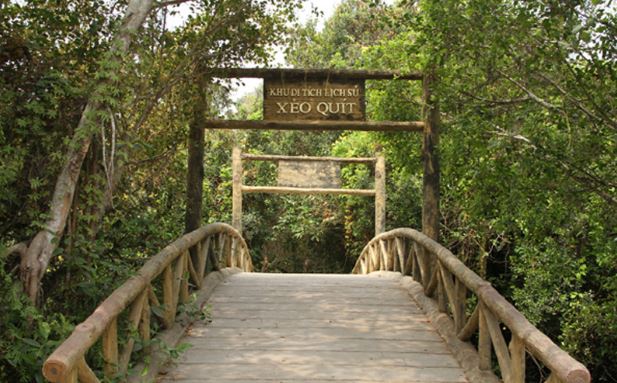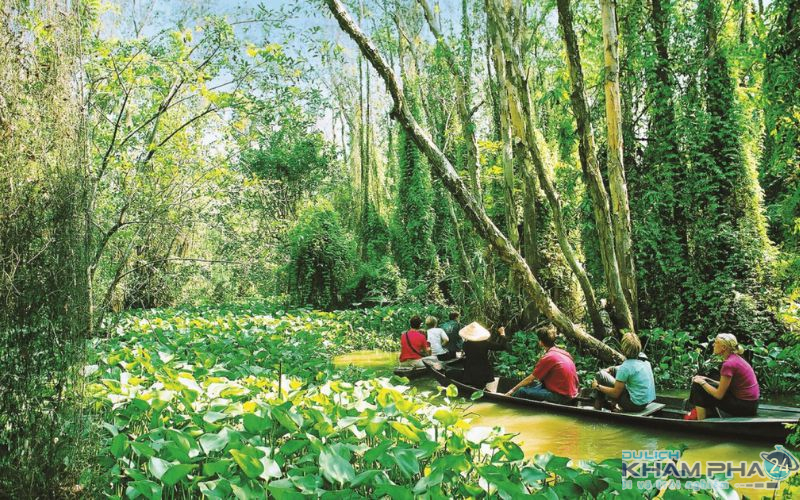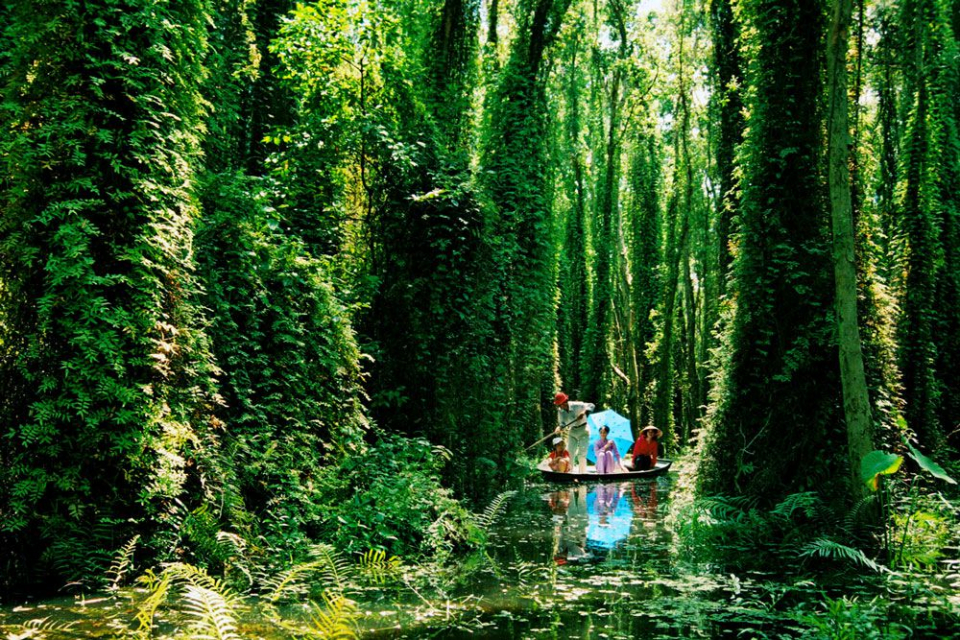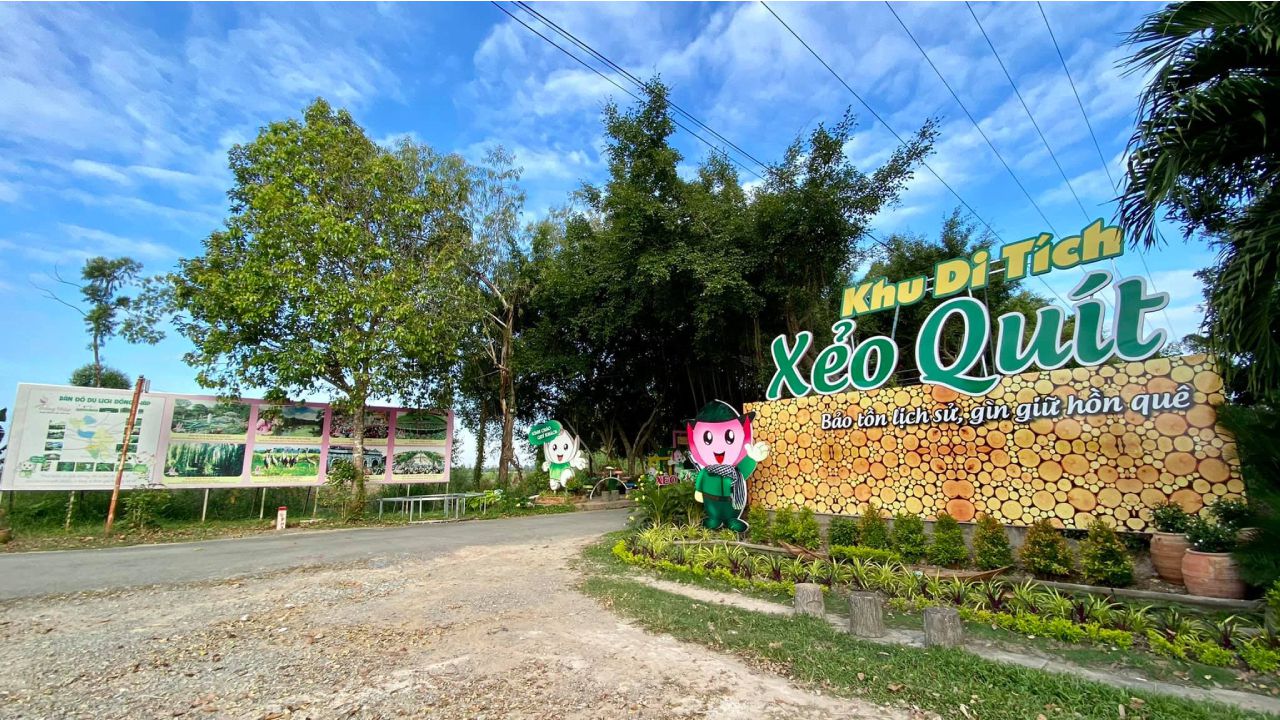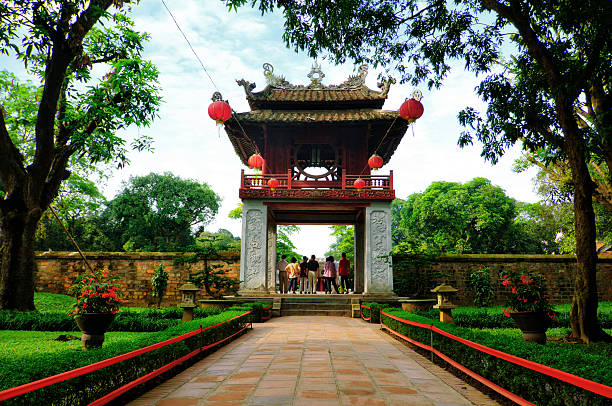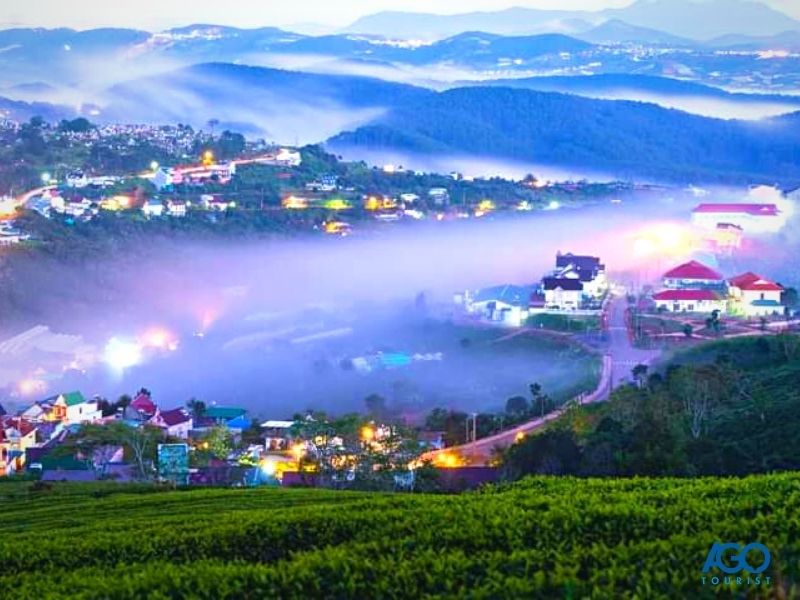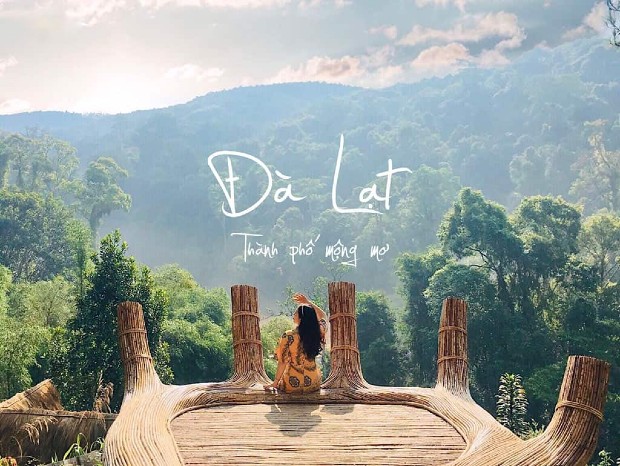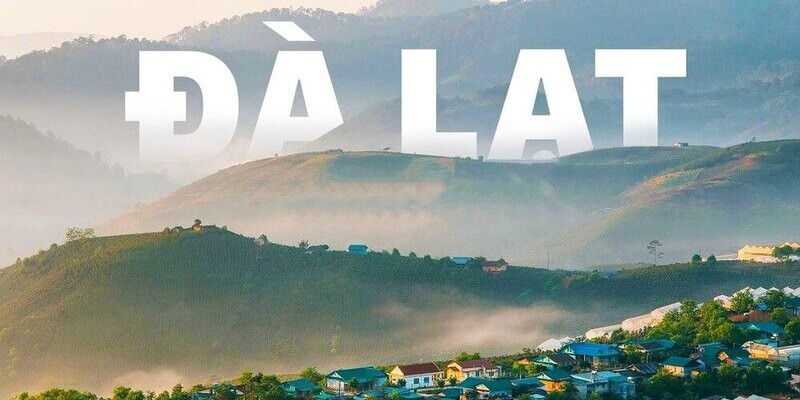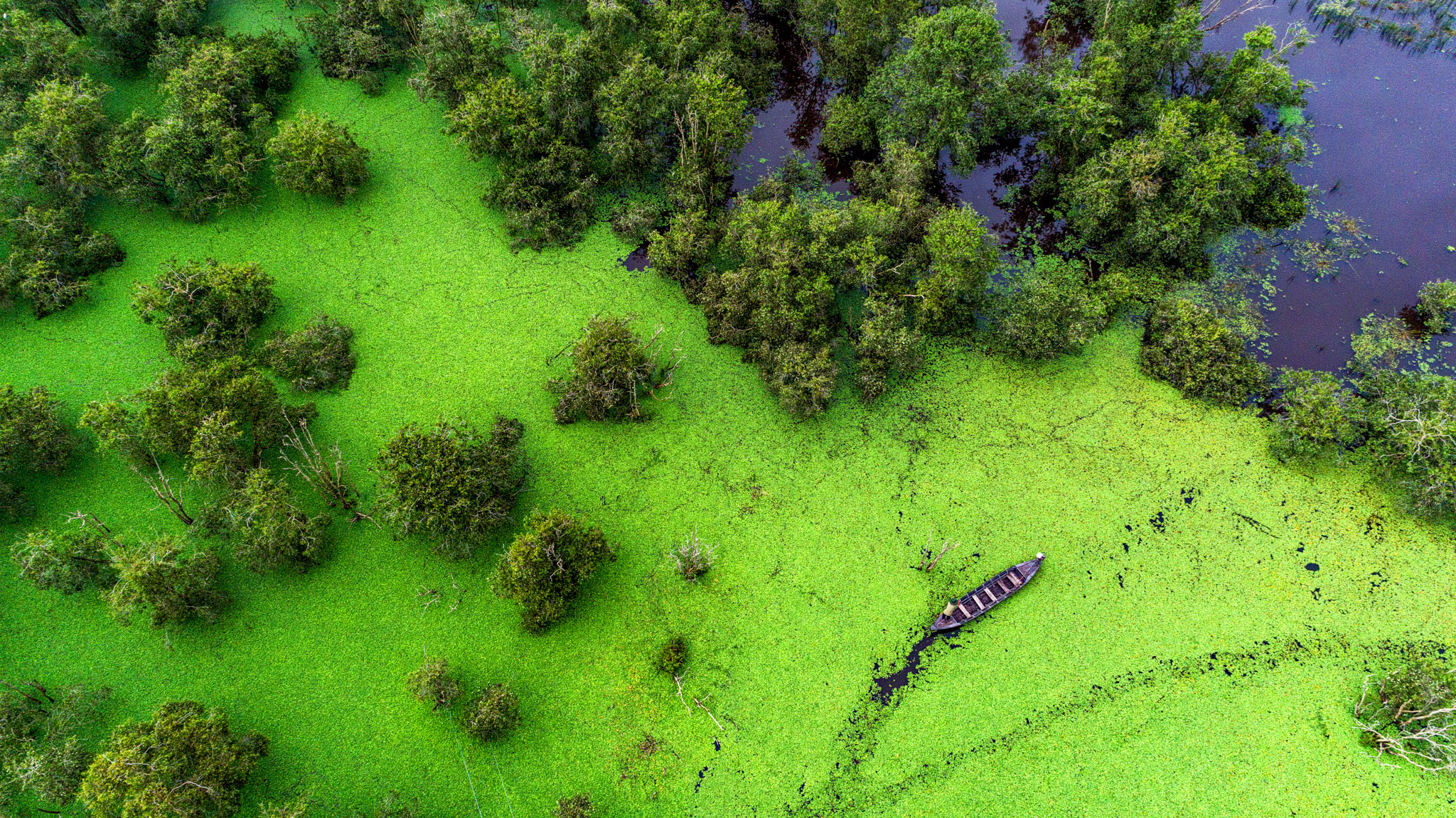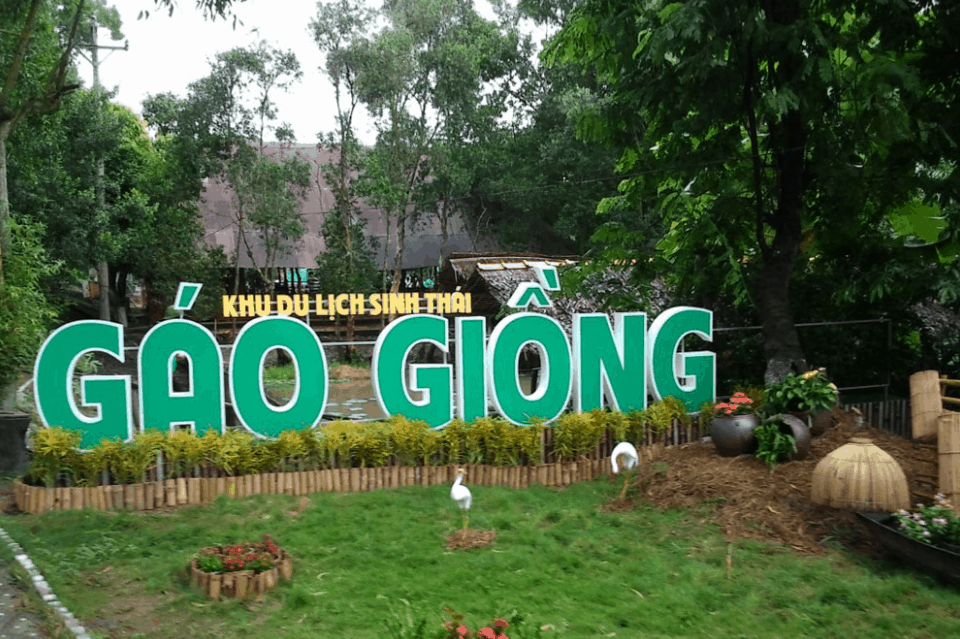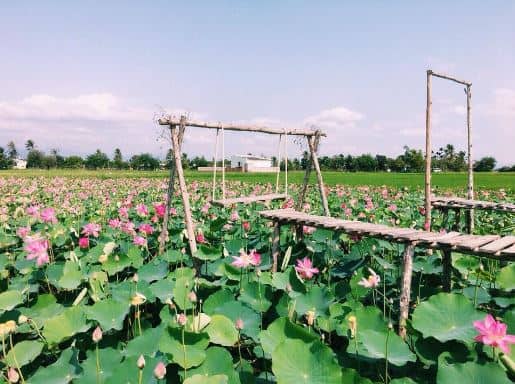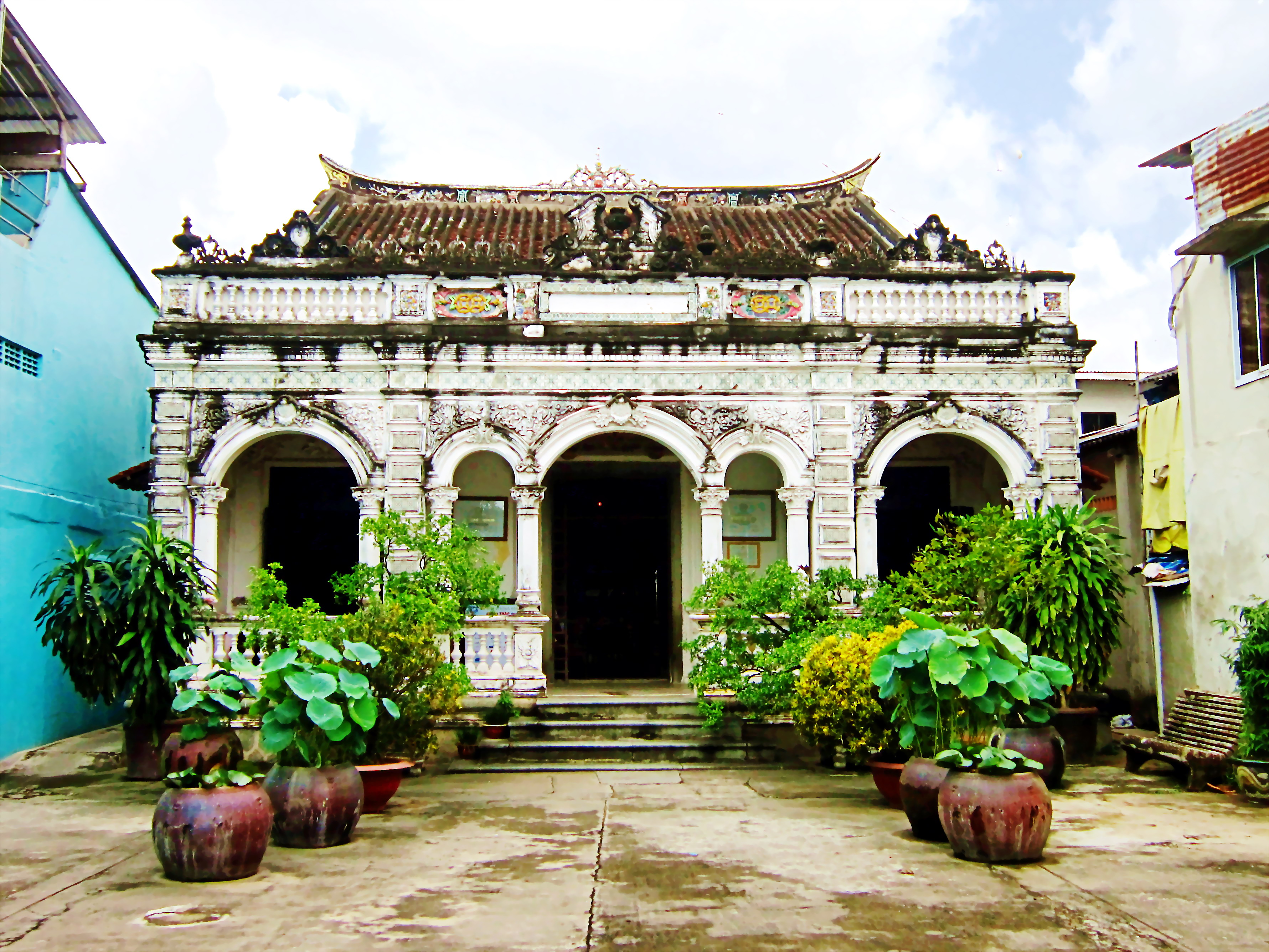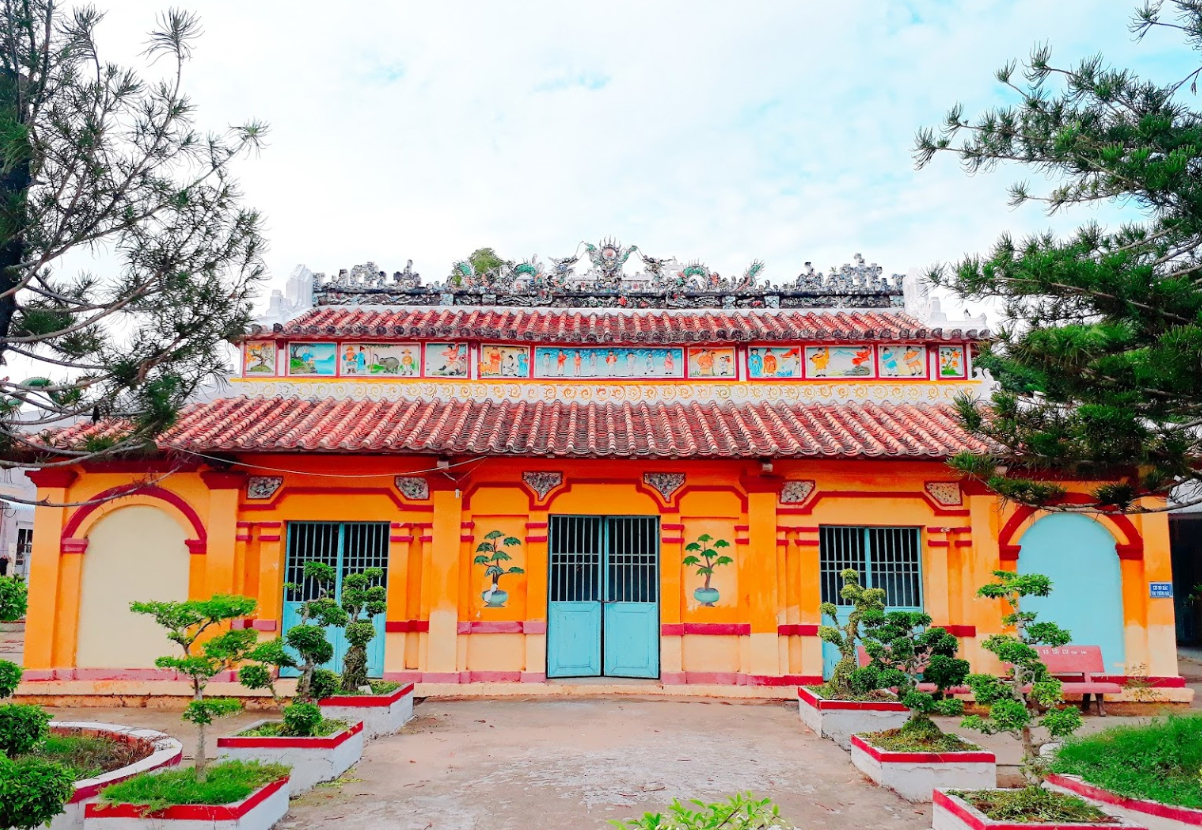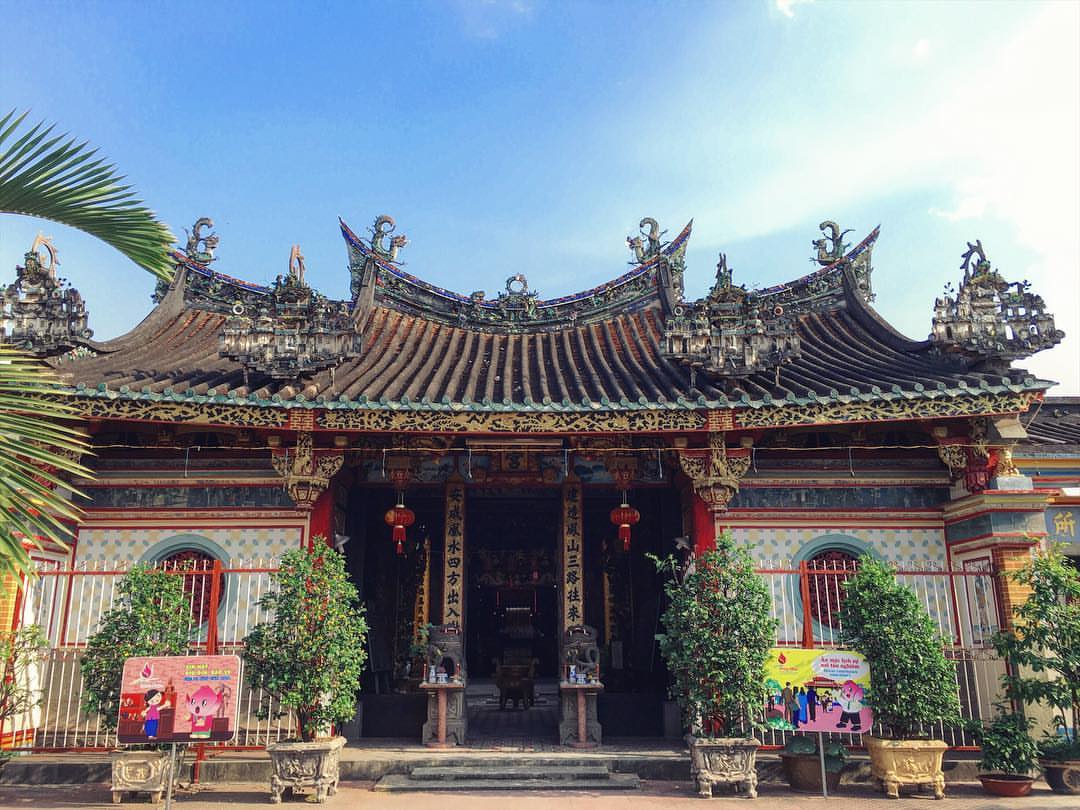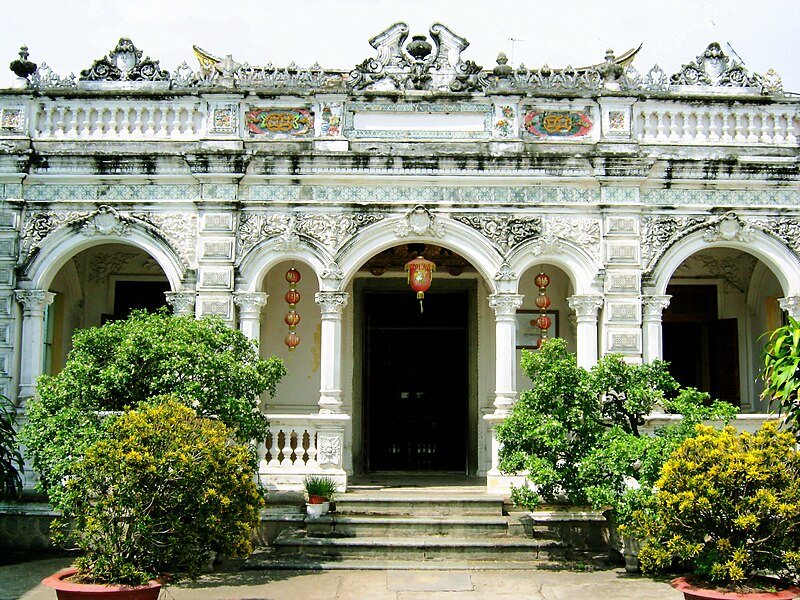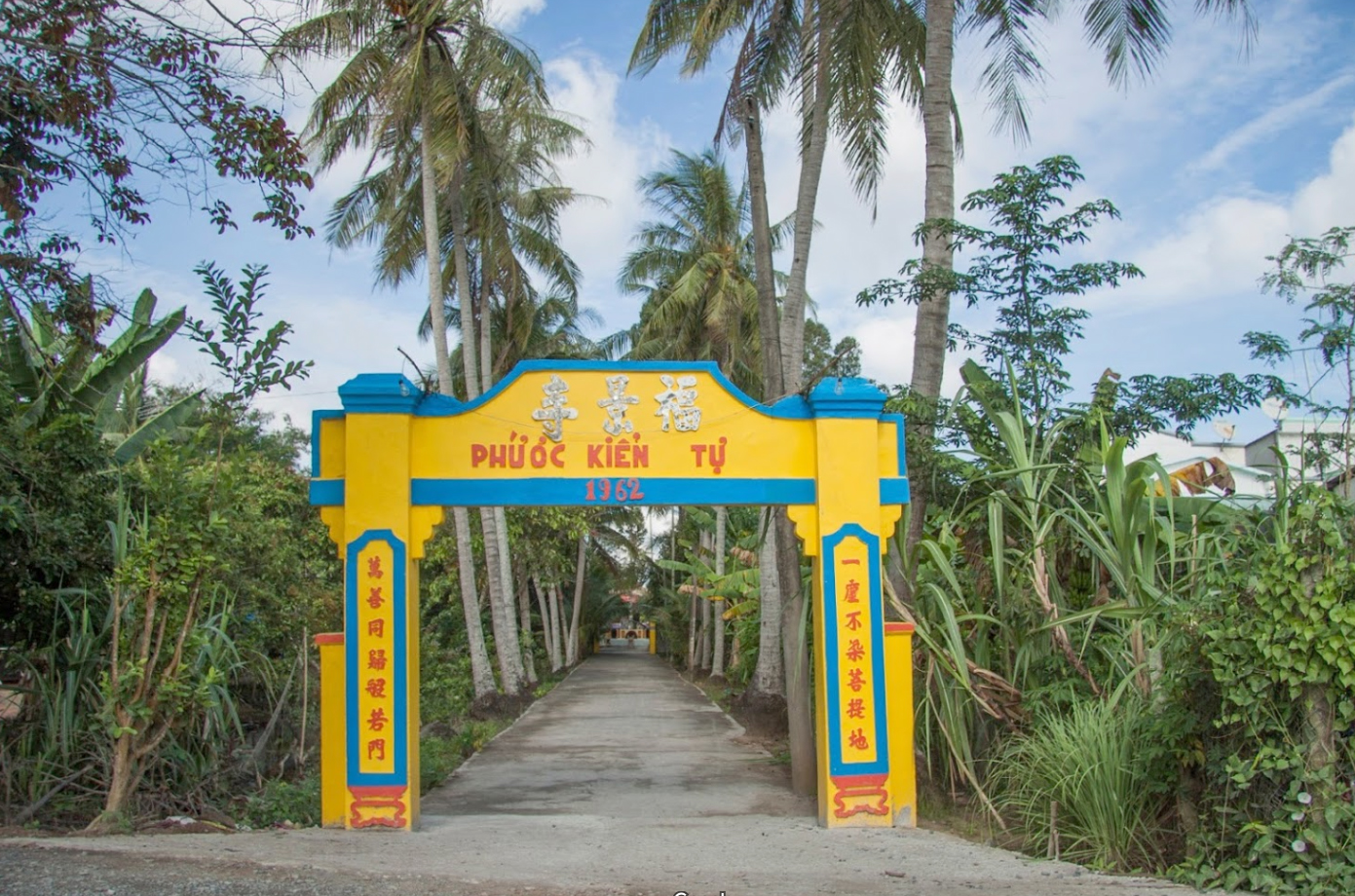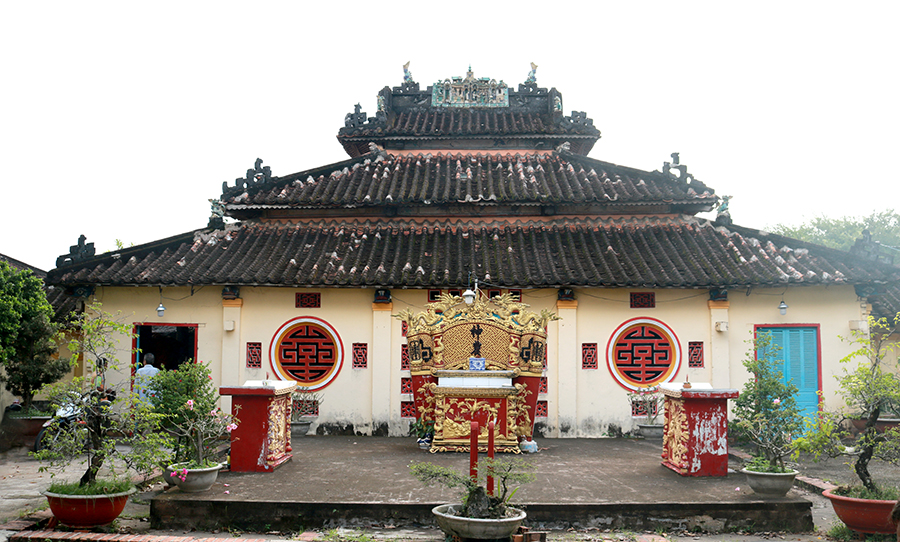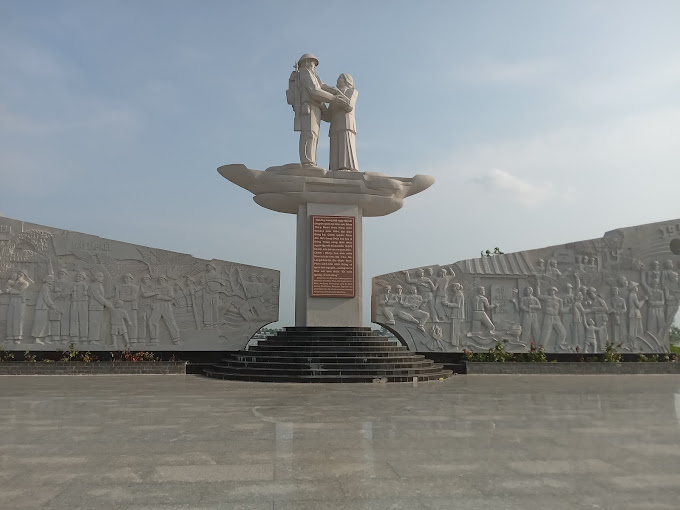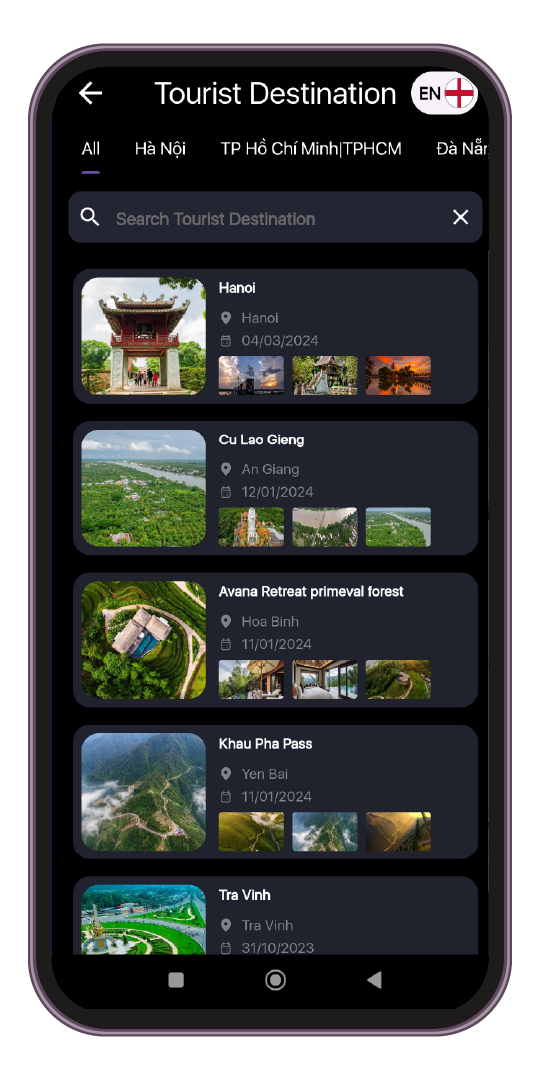Tram Chim National Park is a land located in the territory of 7 communes (Tan Cong Sinh, Phu Duc, Phu Tho, Phu Thanh A, Phu Thanh B, Phu Hiep), Tram Chim town in Tam Nong district. Tram Chim National Park has a total area of more than 7,500 hectares and is a typical miniature model of the Dong Thap Muoi region, with a diverse ecosystem, where visitors discover the characteristics of the Mekong River Delta.
This land of "six months the fields are dry and the grass burns, six months the fields are flooded with white water" is where rich vegetation grows with more than 130 different species. The fauna here stands out with a rich water bird system including 233 species, belonging to 25 genera and 49 families. Of these, 88% were found in the dry season, accounting for 1/4 of the total number of bird species discovered in Vietnam. And especially the Red-crowned Crane, the largest in the Crane family - an invaluable natural asset of Tram Chim National Park in Dong Thap.
The fish system in Tram Chim National Park is equally rich, playing both an ecological balance and a food source for birds. Among them, there are a number of fish species in the Vietnam Red Book such as: Com fish, Tiger Cobra fish, Male Seahorse fish, Flying fish, Euc fish, Ho fish...
Tram Chim National Park is located about 160km from the center of Ho Chi Minh City and the road is quite easy to travel. From Saigon, you just need to go straight along Trung Luong - Tan An - Tan Thanh highway. When you reach the My An - Moc Hoa intersection, you turn to Truong Xuan and drive a little further to reach Tram Chim town. Then you will see many signs leading to Tram Chim National Park. Just follow the signs and you'll get there.
Located about 35 km away from Cao Lanh city center, the road to Tram Chim National Park is quite easy. You can refer to the following suggested travel routes. Start at Cao Lanh city center (Cao Lanh City children's park, April 30 street) - follow National Highway 30 (NH30) to the intersection near Thanh Binh district medical center - continue to turn right. all the way to Tram Chim following the road signs.
From Tam Nong district of Dong Thap province, you run straight across Tram Chim bridge and then continue about 800m to reach the conservation center of Tram Chim National Park. Remember to look on the left side.
The reasonable time to travel to Tram Chim is the floating water season from August to November of the lunar calendar (around September - December of the solar calendar) which is the tourist season to Tram Chim National Park. The landscape is flooded, lush green, dotted with pink lotus flowers and blooming water lilies. The source of produce becomes abundant and birds seem to gather here to party.
Around this time, it is also the bird breeding season. Here, visitors have the opportunity to witness firsthand the life and proliferation of birds, which is an interesting thing. Thousands of birds compete to feed each other (typically the red sandpiper and the gong), demonstrating sacred motherly love and bringing environmental education to the forefront for tourists from near and far, while also having the opportunity to preserve the image forever. Beautiful photos of good land where birds roost.
This season is also an opportunity for you to participate in interesting activities such as: Rowing a dinghy to experience life in flooded areas, you will be able to personally carry out the livelihood work of flood zone residents such as setting nets, setting Roofing, sheltering, or trying your hand at Tram Chim Tam Nong fishing... especially, there is also the pleasure of hunting field mice, a specialty of this country.
In particular, visitors can participate in harvesting sky rice, also known as ghost rice, a very special rice species because during the flooding season, other herbaceous plants will be submerged by the water, only sky rice will flourish. develop, wherever the water rises, the rice grows there. This will be a memory of the ancient life of Dong Thap Muoi residents.
In addition, in the dry season from December to May of the lunar calendar (around January to June of the solar calendar) is the season to watch the dance of red-crowned cranes in Tram Chim National Park. Because unlike many species of birds in the area, red-crowned cranes only forage on the ground, so during the flood season in Dong Thap Muoi, they have to go looking for food elsewhere. Therefore, red-crowned cranes can only be seen in the dry season, most easily seen from February to May every year.
You will have the opportunity to sit on a canoe (tac tong) weaving along the cool green canals, watching all kinds of birds flying around looking for prey, calling out to the noisy flock throughout the space. Flocks of hundreds of birds spreading their wings create a peaceful and charming scene.
The boat follows the water, taking you to admire the beauty of fields of pink lotus, white lotus, heavenly rice, golden rice... stretching in the sunshine. A few robins, with bright red crests, dark green feathers, and fluttering tails, kept hiding and appearing in the grass as if they were playing hide and seek with tourists.
The boat rowed through a small canal, weaving through the cajuput trees. Between the cajuput forests, a vast green grassland sways with the wind. The feeling of being in harmony with nature is wonderful.
When you reach the lookout platform, the boat will stop completely so you can climb to the upper deck, enjoy the panoramic view of the immense green of Tram Chim National Park, relax with the caressing gentle breezes, and feel the closeness. with nature and feel strangely peaceful.
Another very interesting thing at Tram Chim is watching the royal soul. The sun is like a silver-coated ball surrounded by colorful halos that slowly sink to the horizon. The entire river area suddenly turned pink and radiant. The afternoon sun splashes on the water's surface with variegated colors created by a magical, multi-colored mixture: bright yellow, orange-pink, bright white... truly a masterpiece of nature.
After the journey to explore Tram Chim National Park, you will have the opportunity to sit on a cool thatched house in the middle of the forest or on floating rafts, enjoying delicious rustic dishes with country flavors such as: grilled snakehead fish, braised fish. water lily, snails steamed with pepper, crab hotpot, eel stewed with lemongrass, crispy fried fish cakes, dried snakehead fish, catfish, grilled barramundi. If you have the opportunity to come here during the lotus blooming season, you will also have the opportunity to enjoy many attractive dishes made from lotus.
Dong Thap
1851
view
September to December


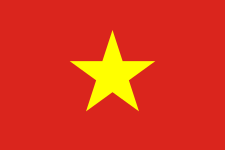 vn
vn en
en ja
ja ko
ko zh
zh


















